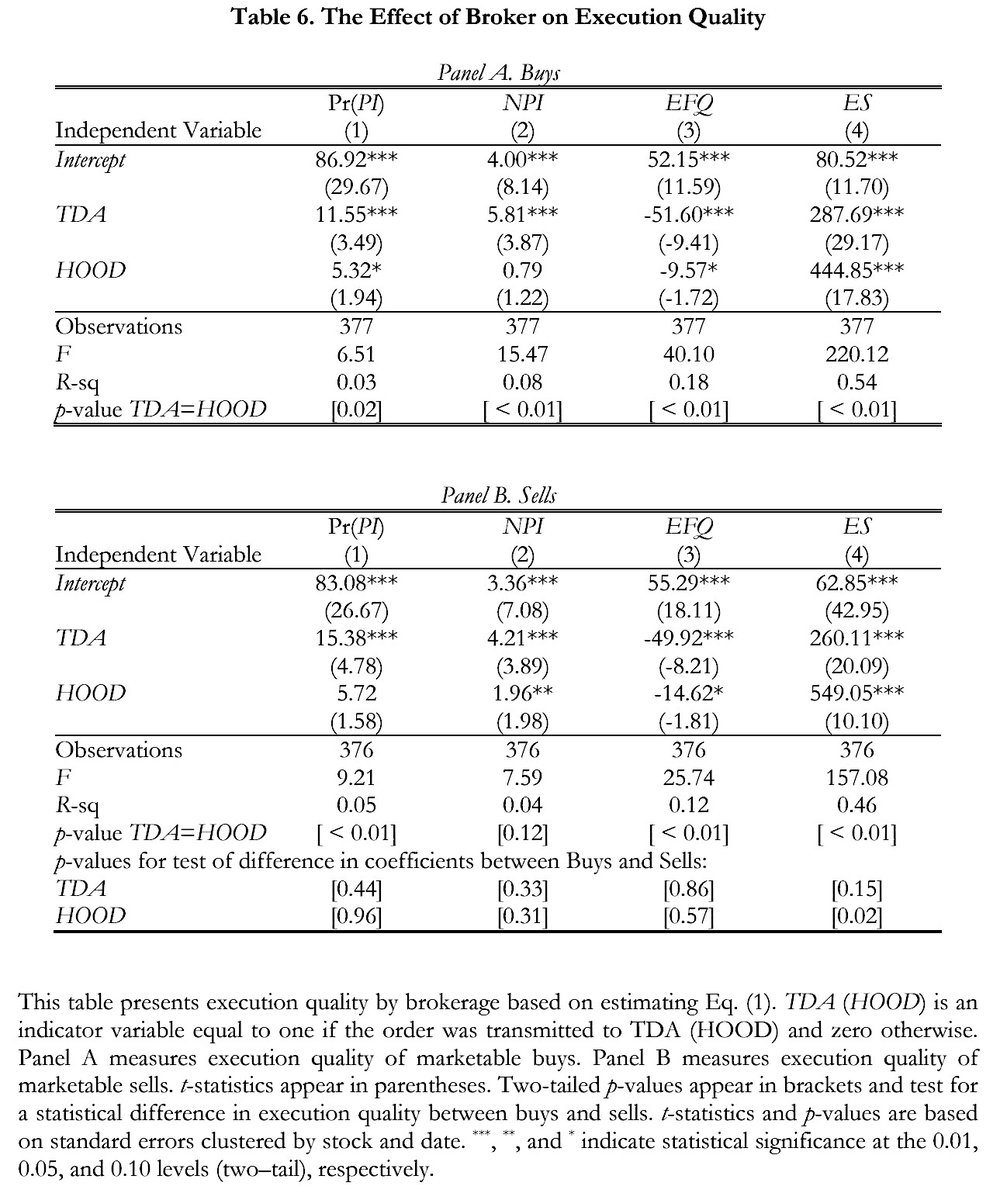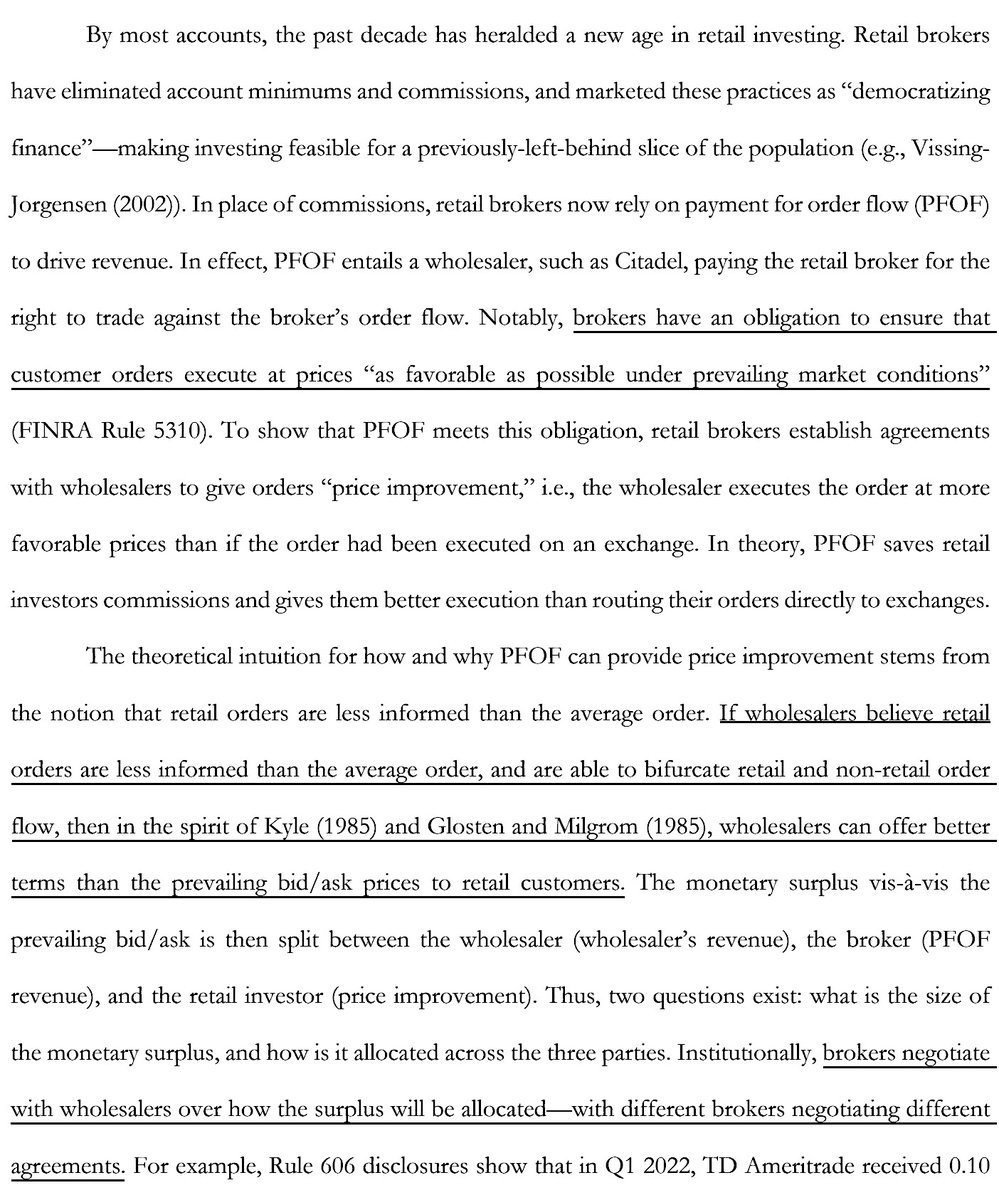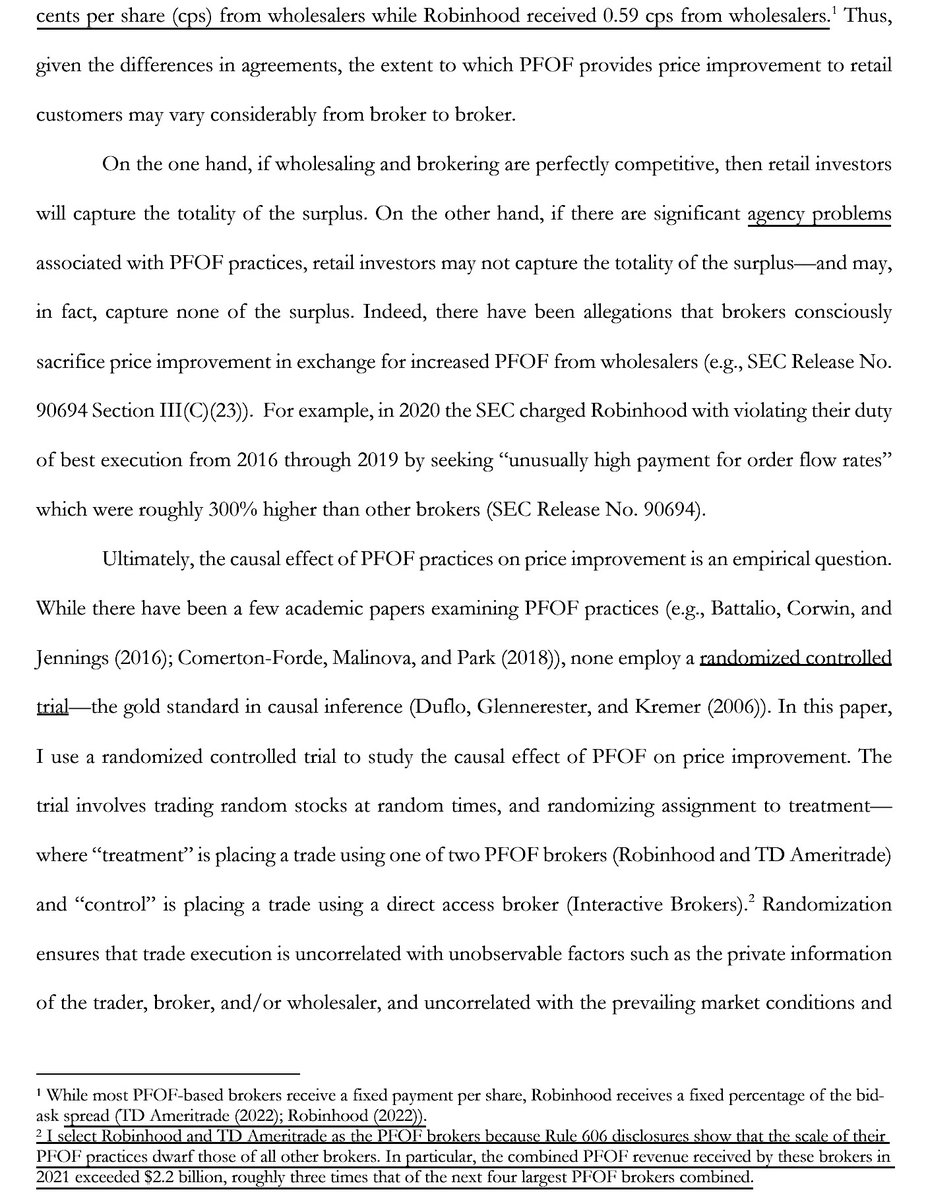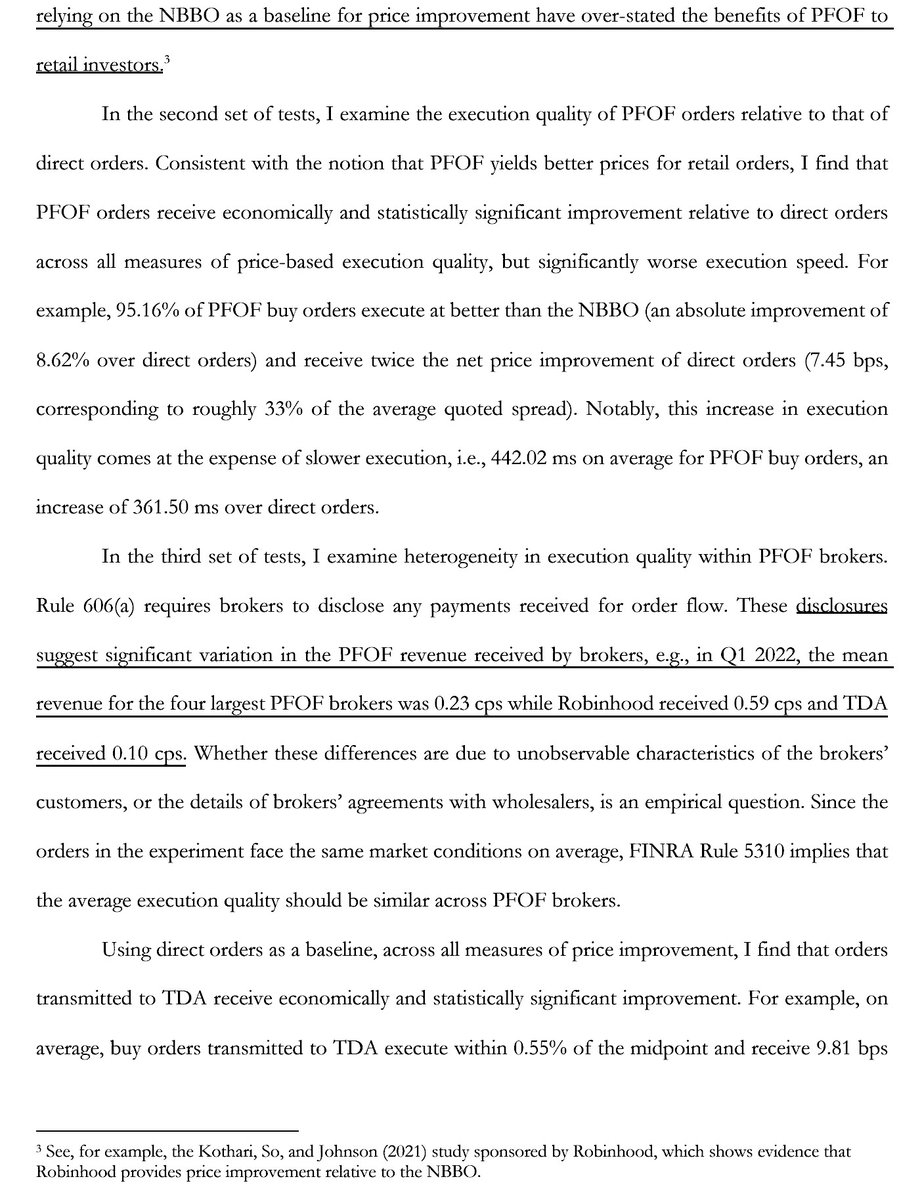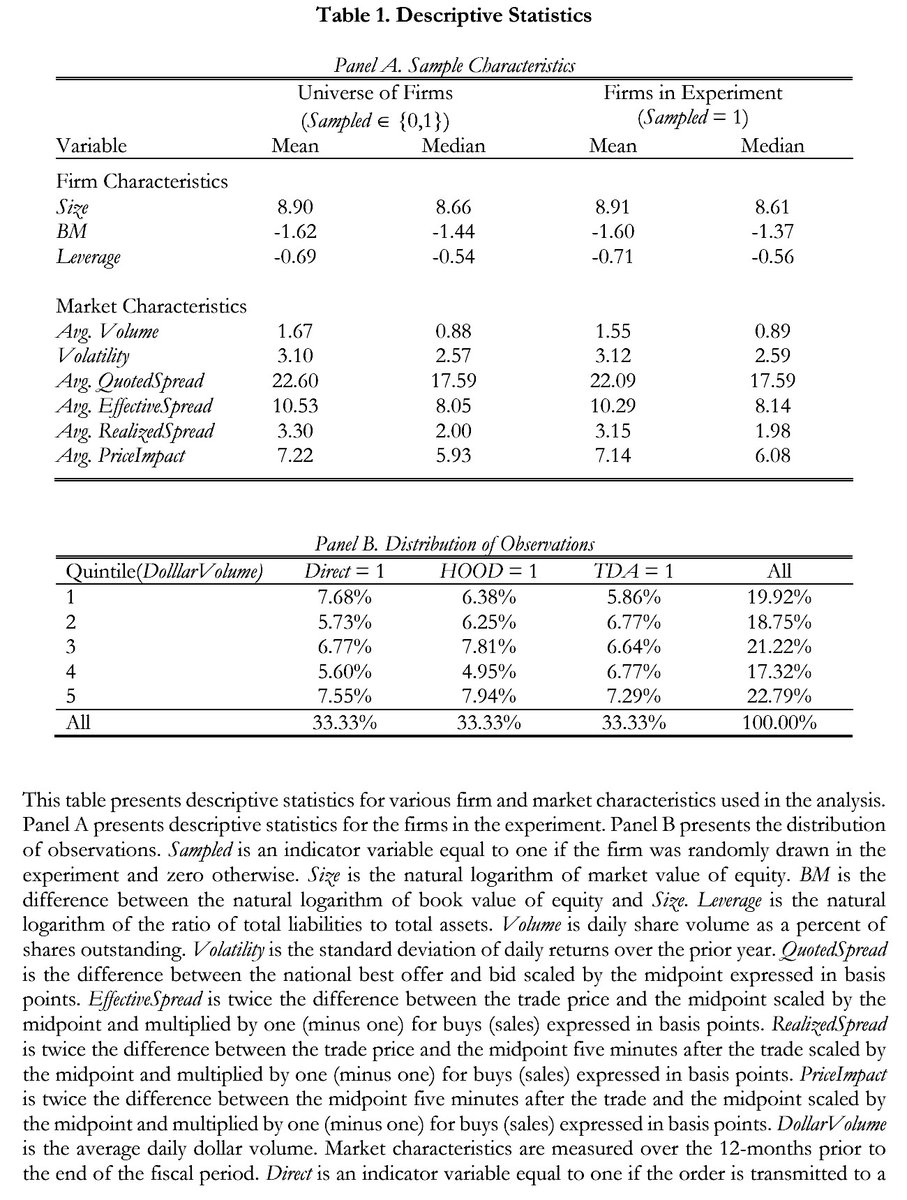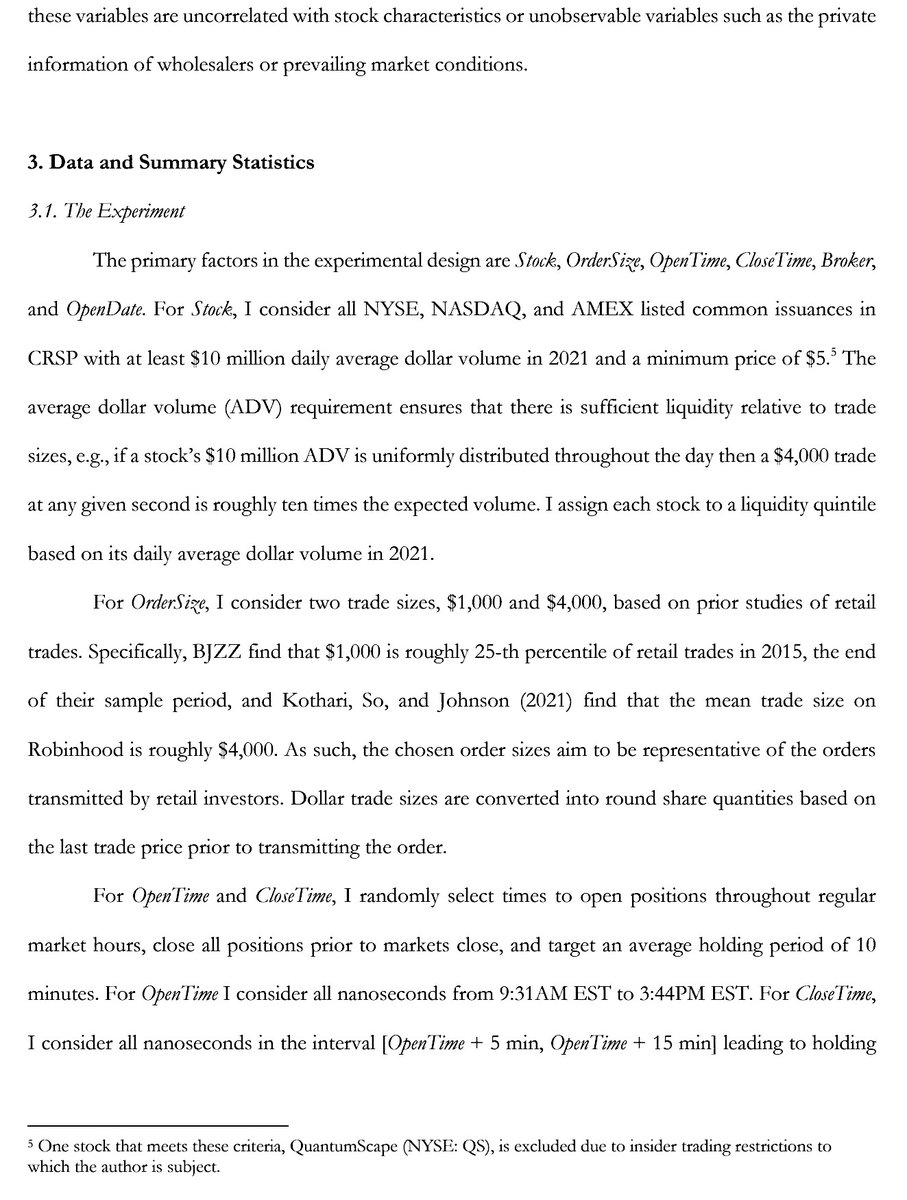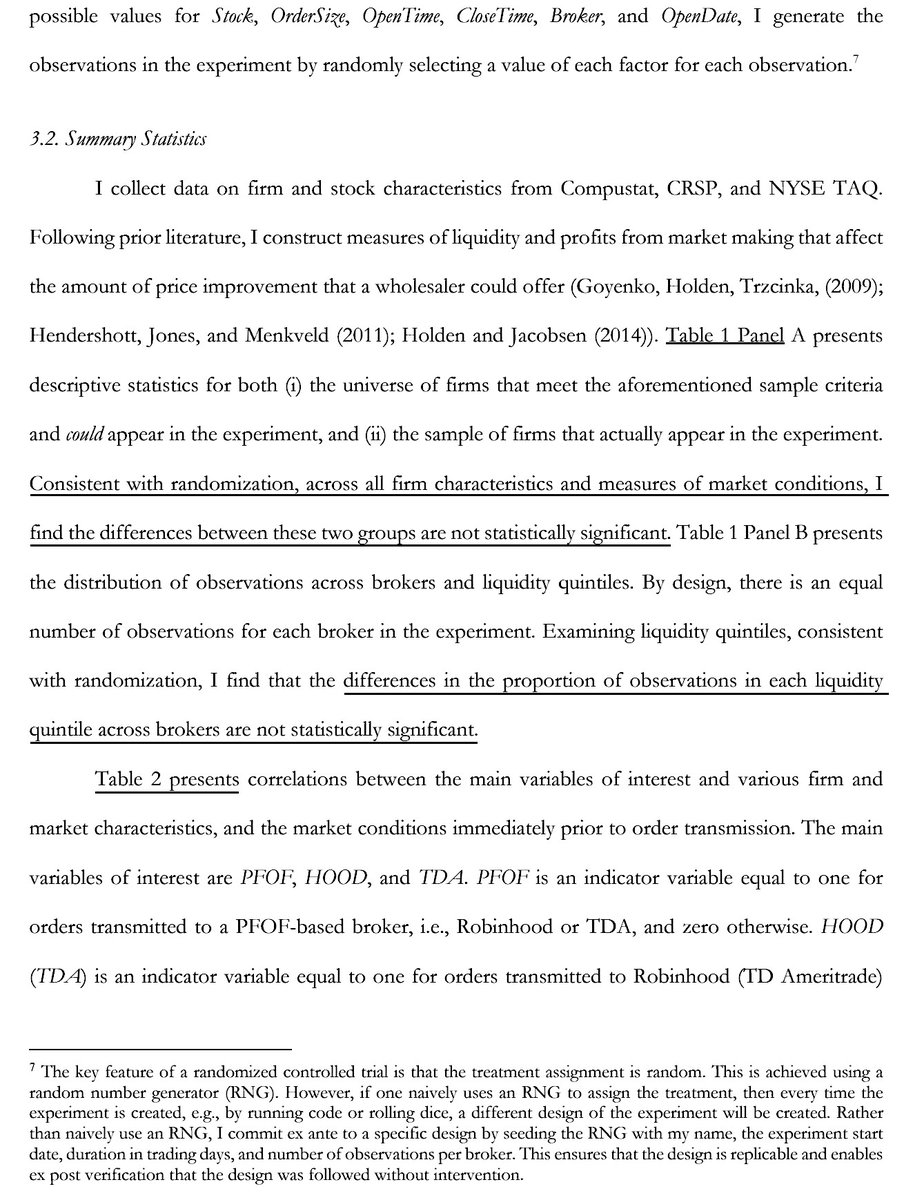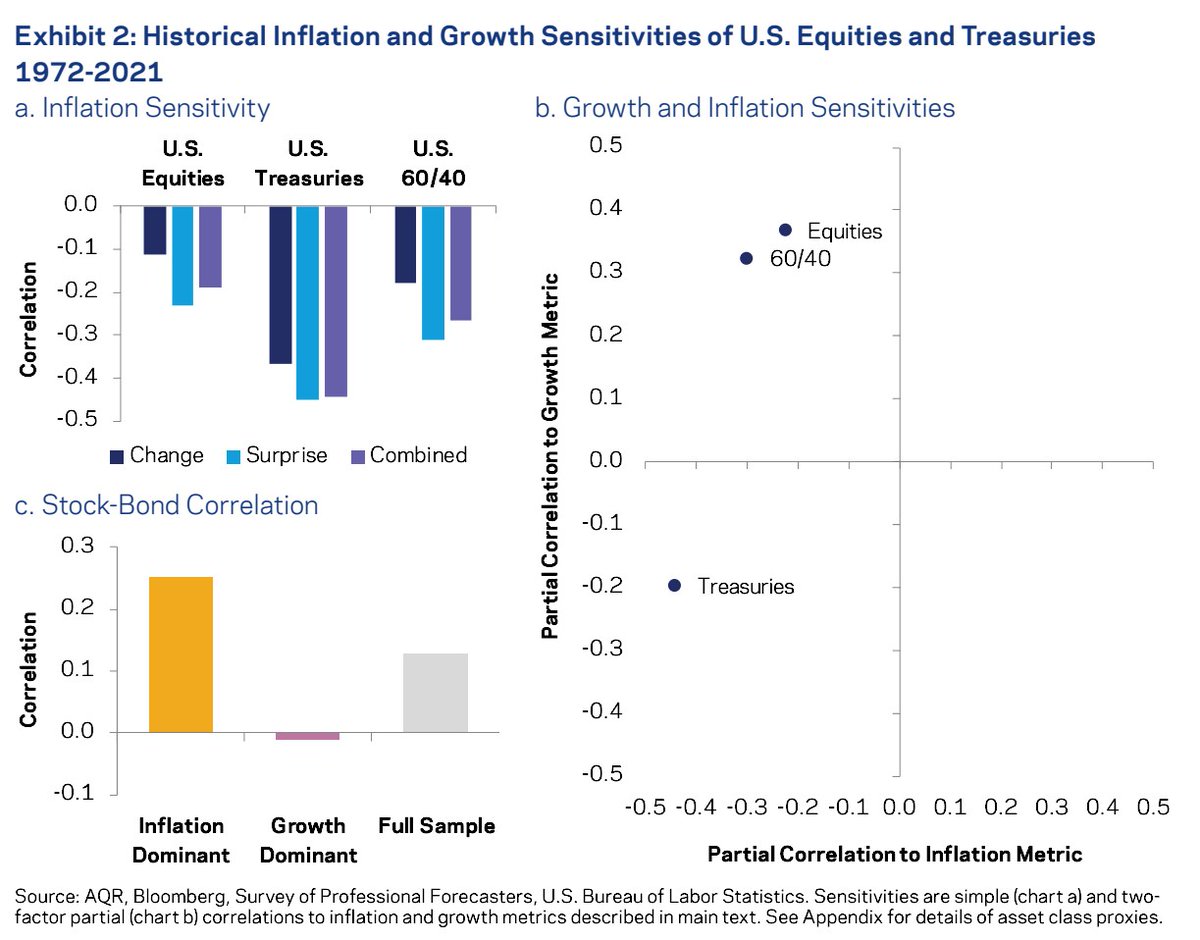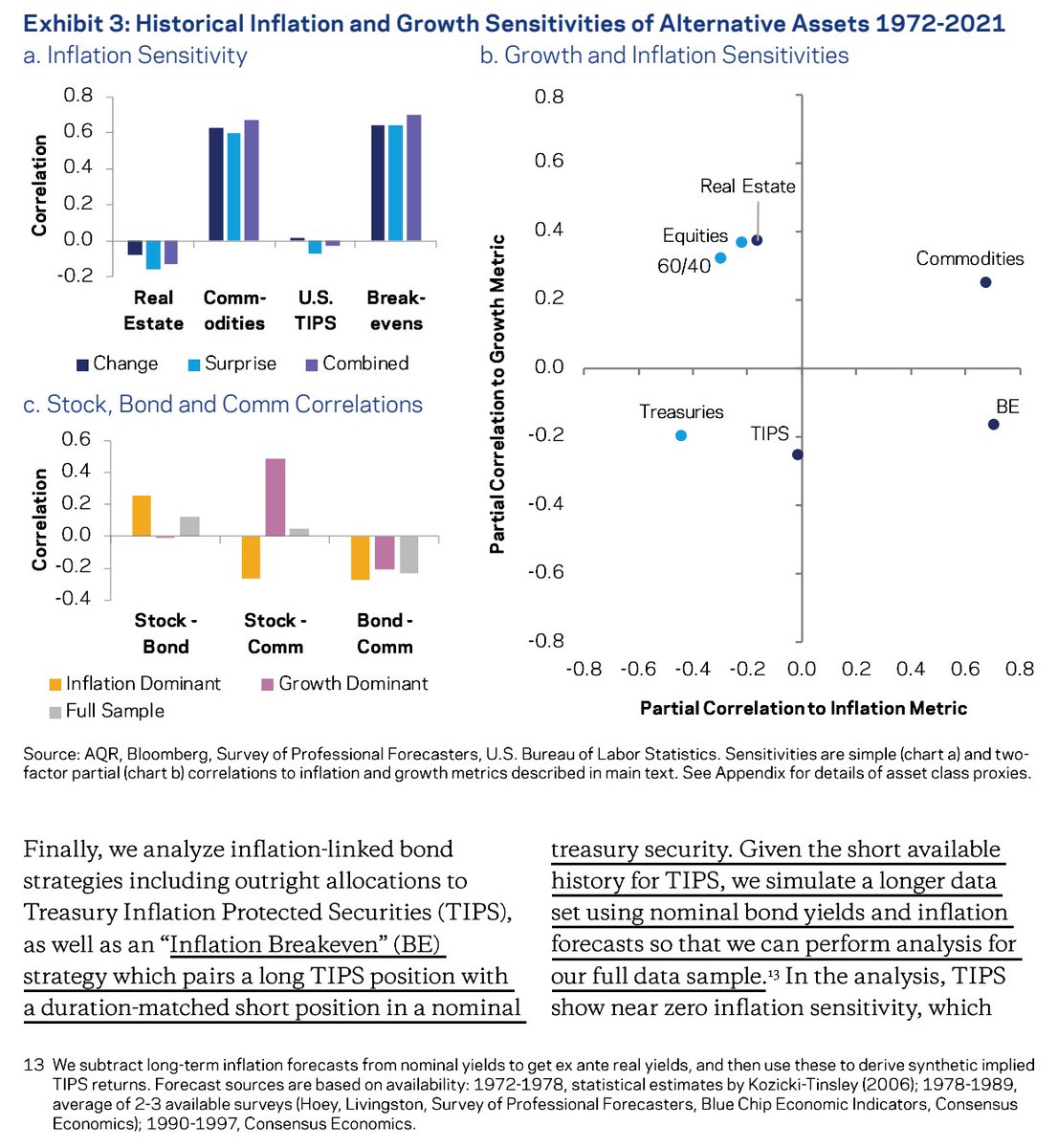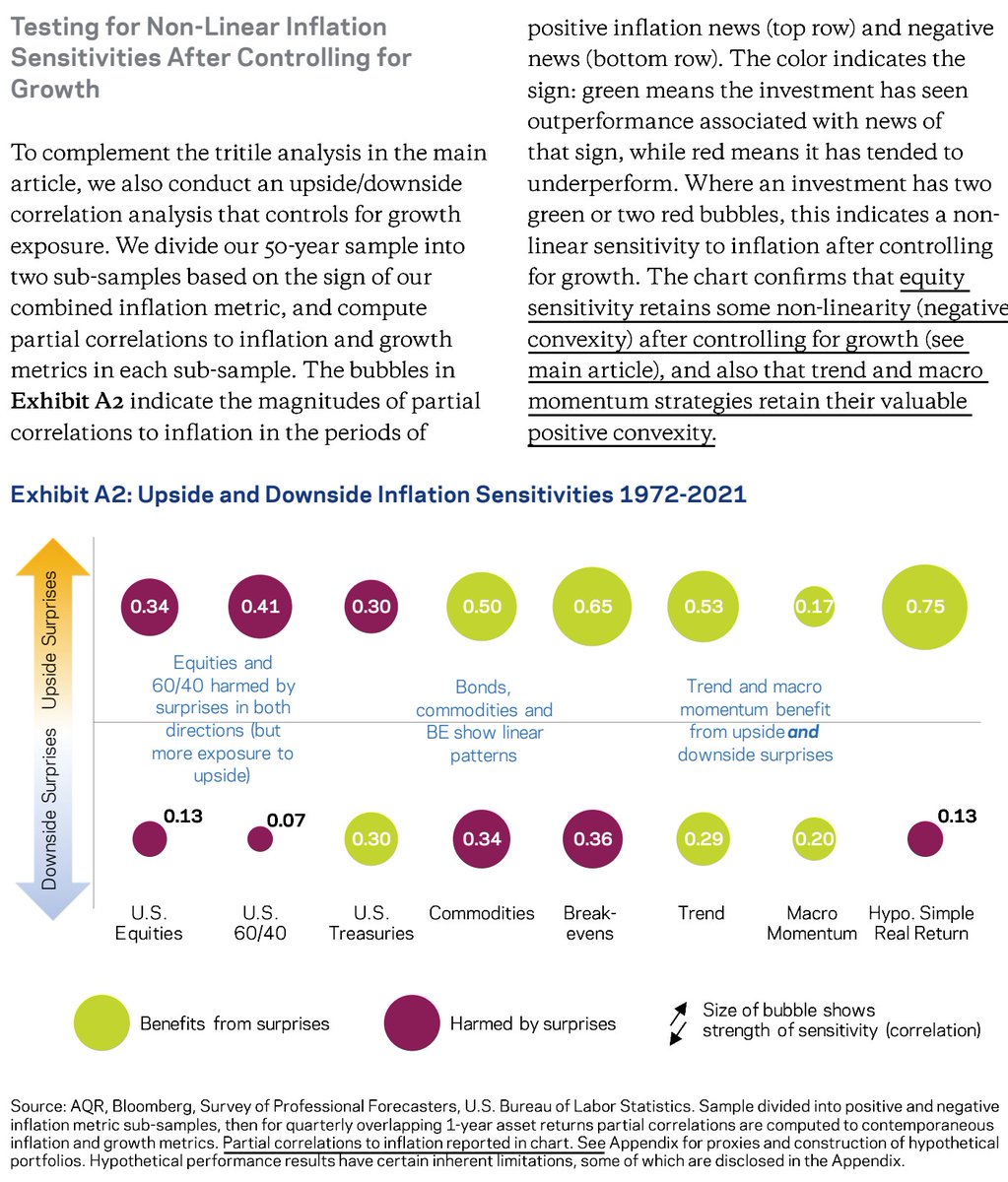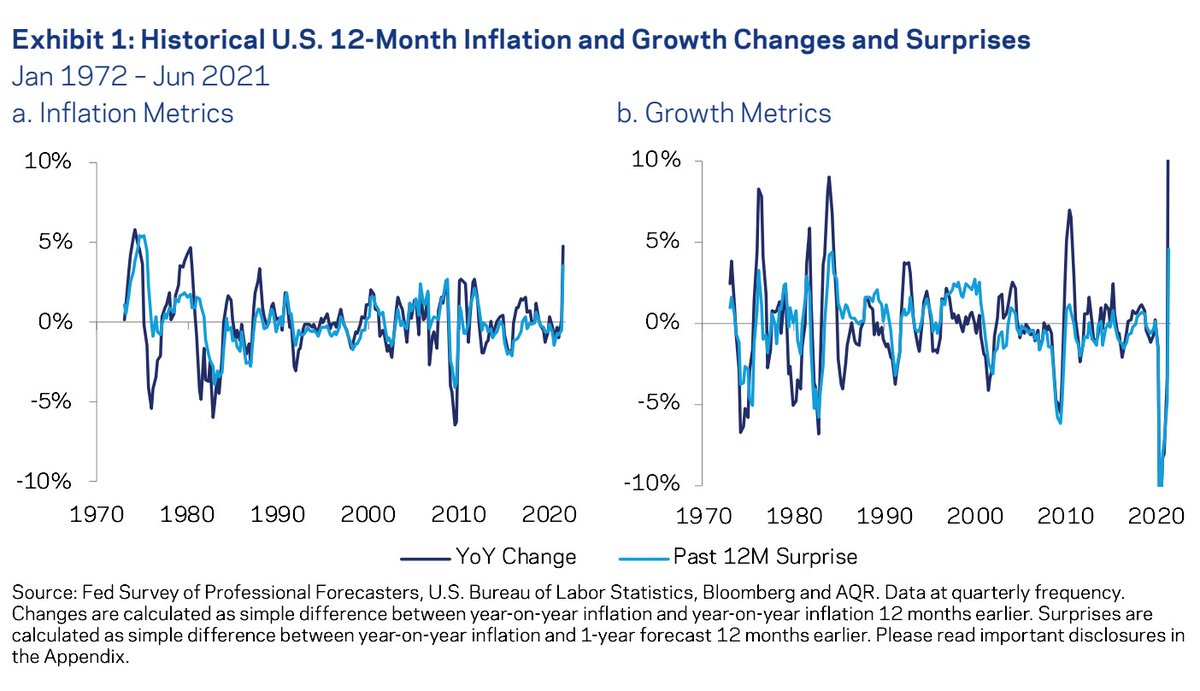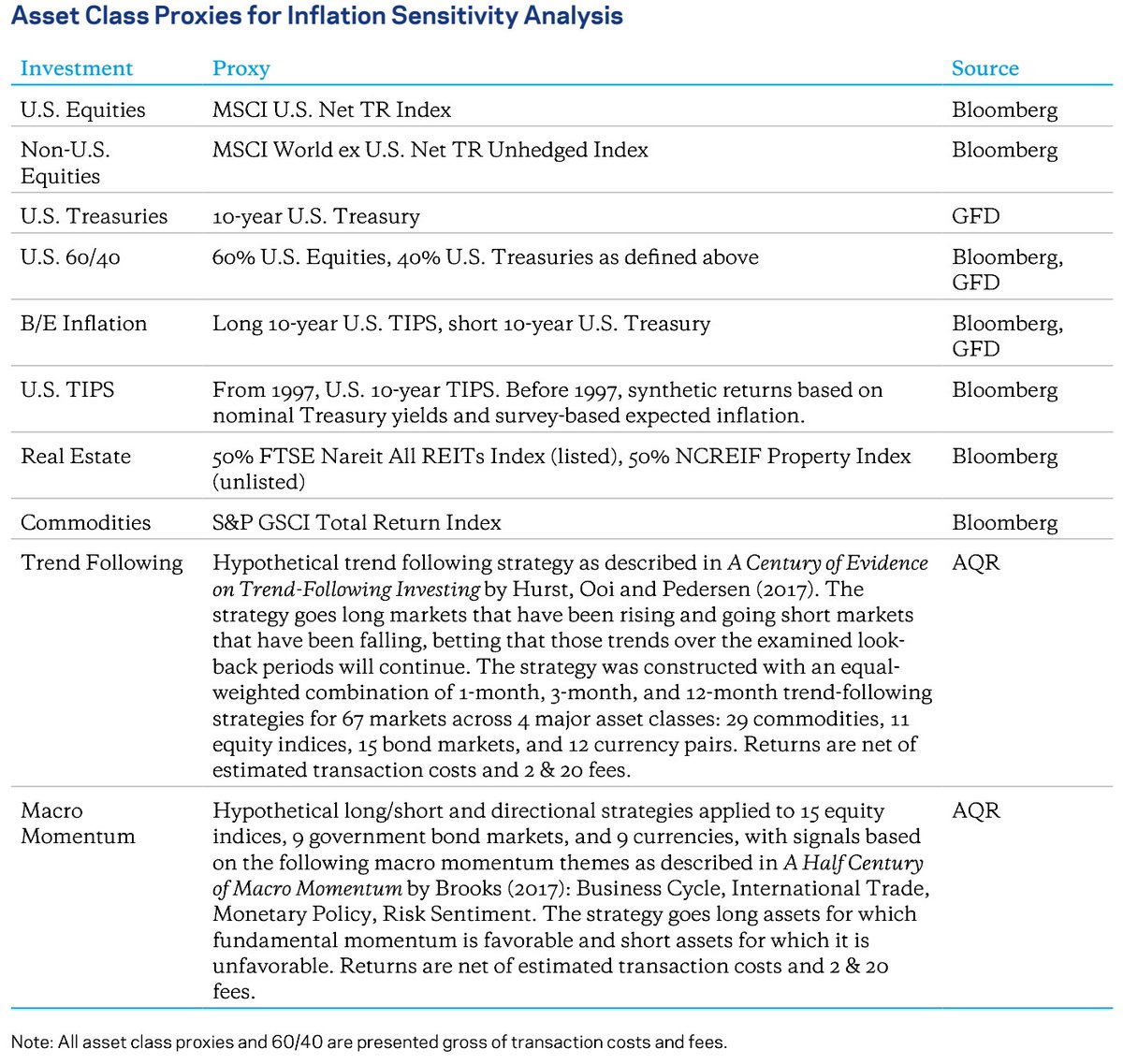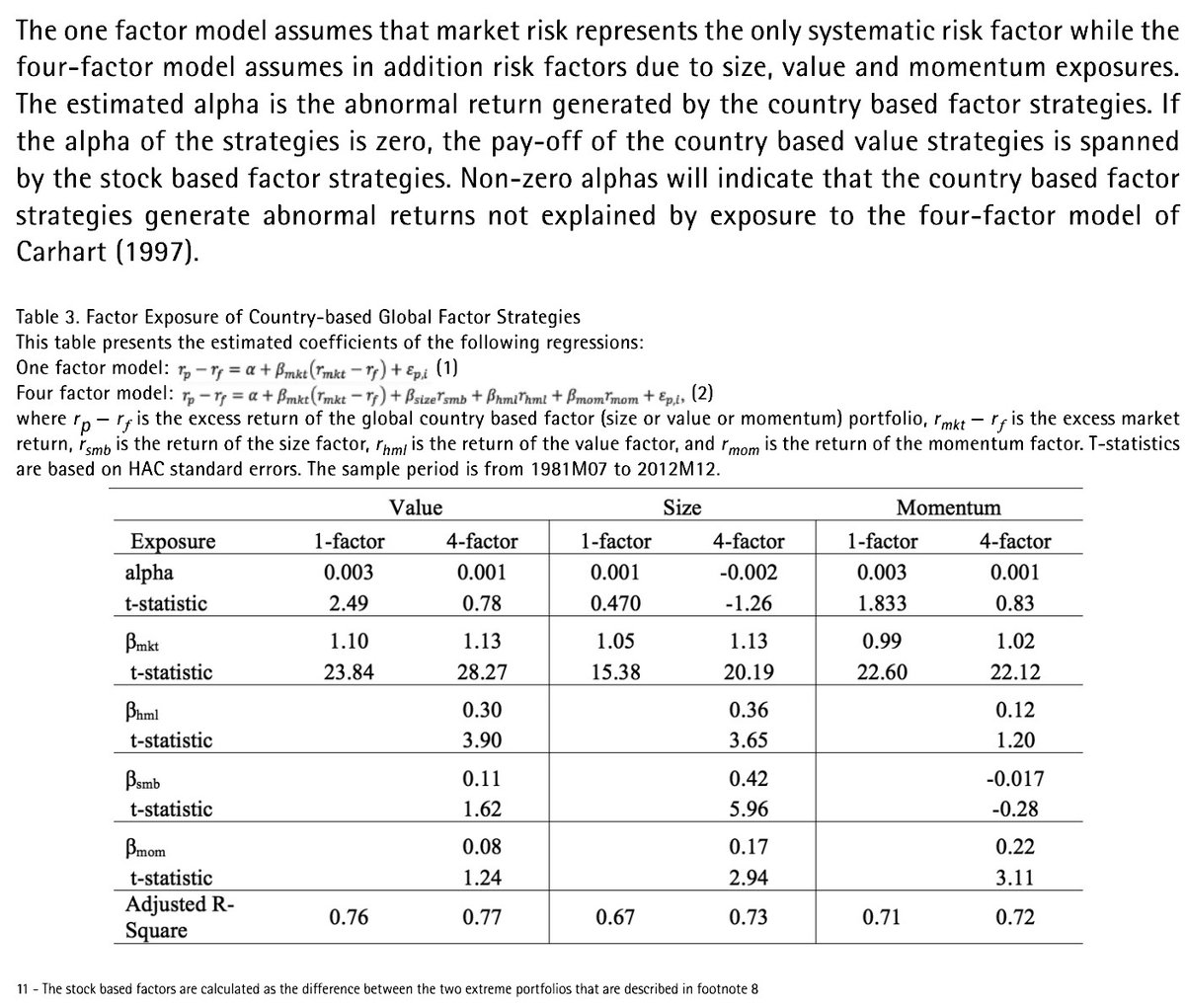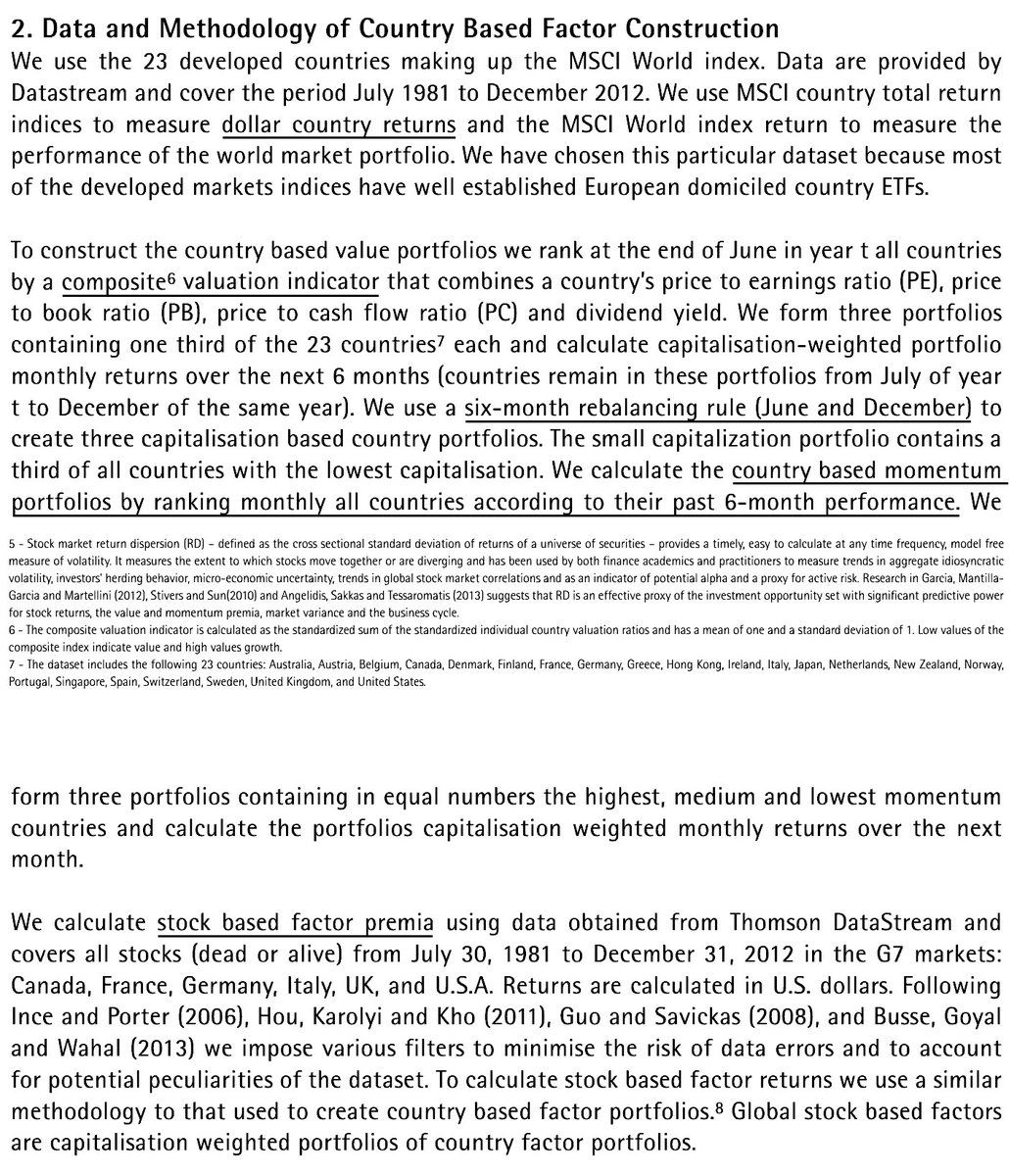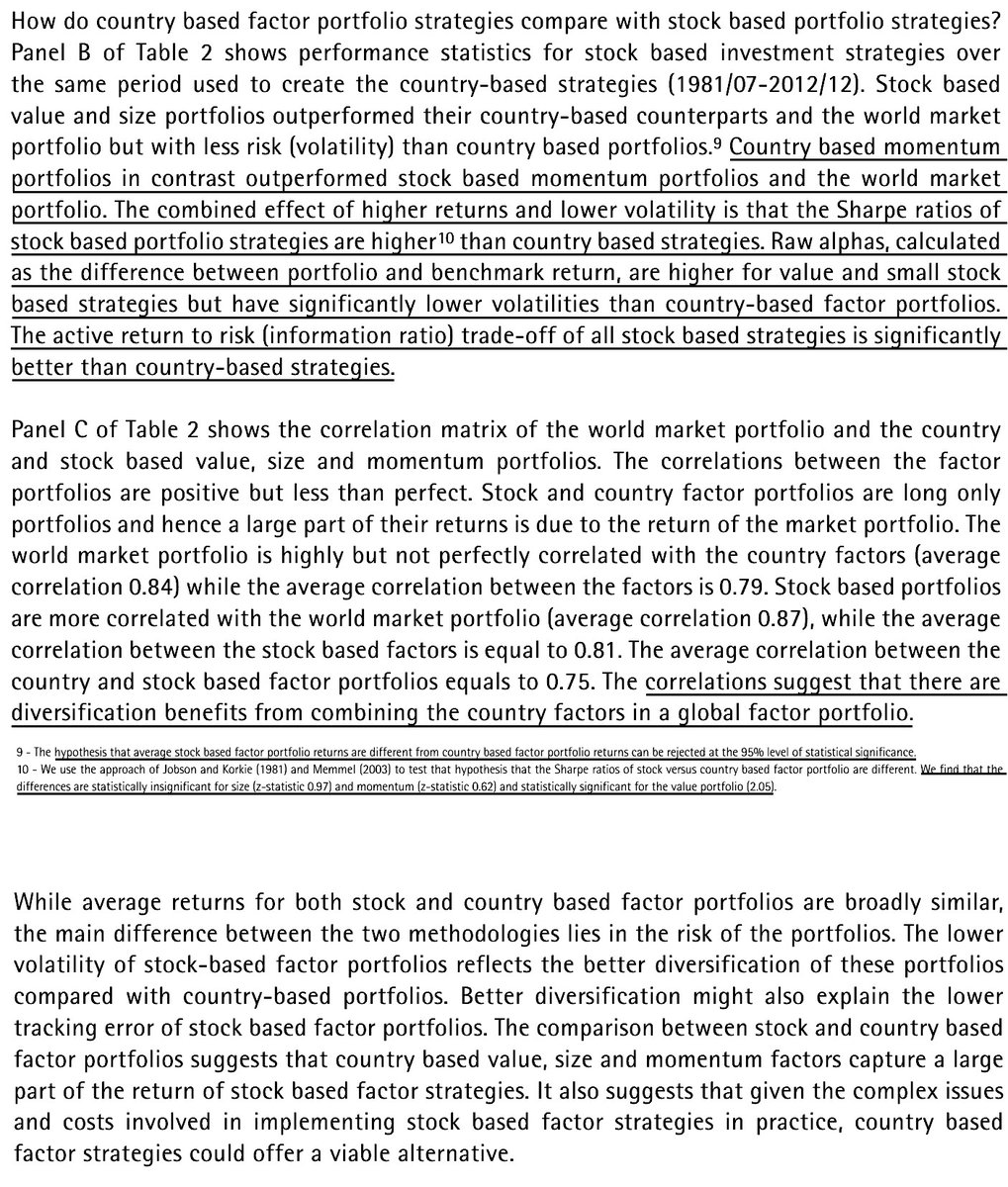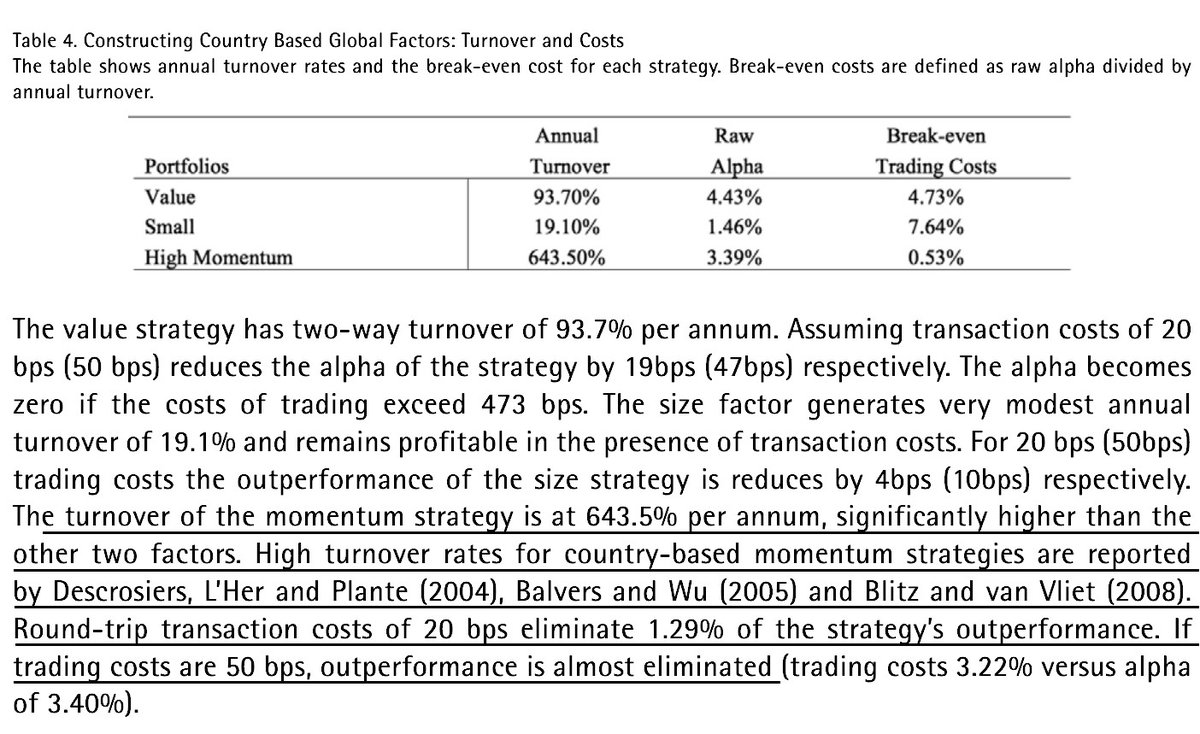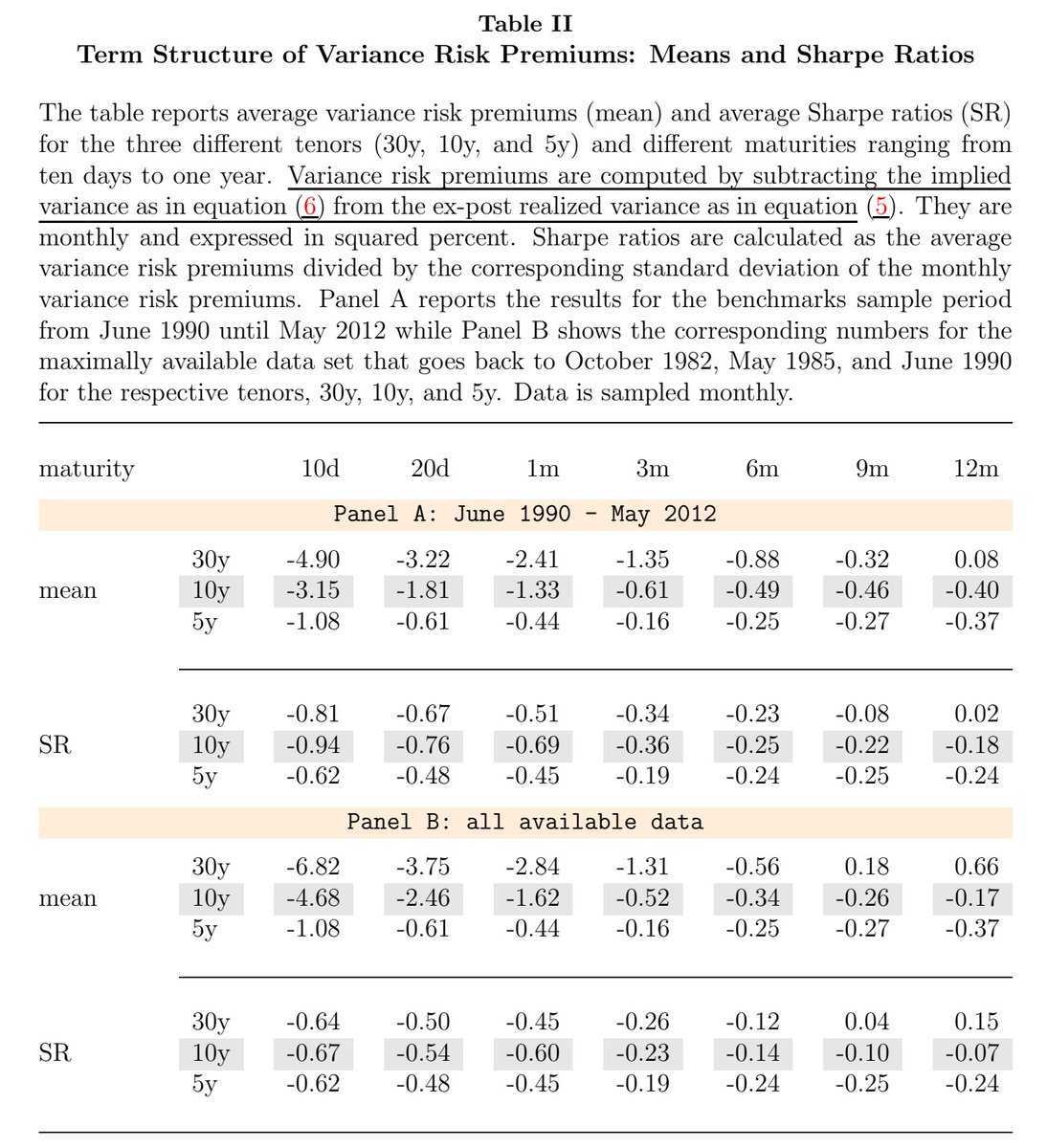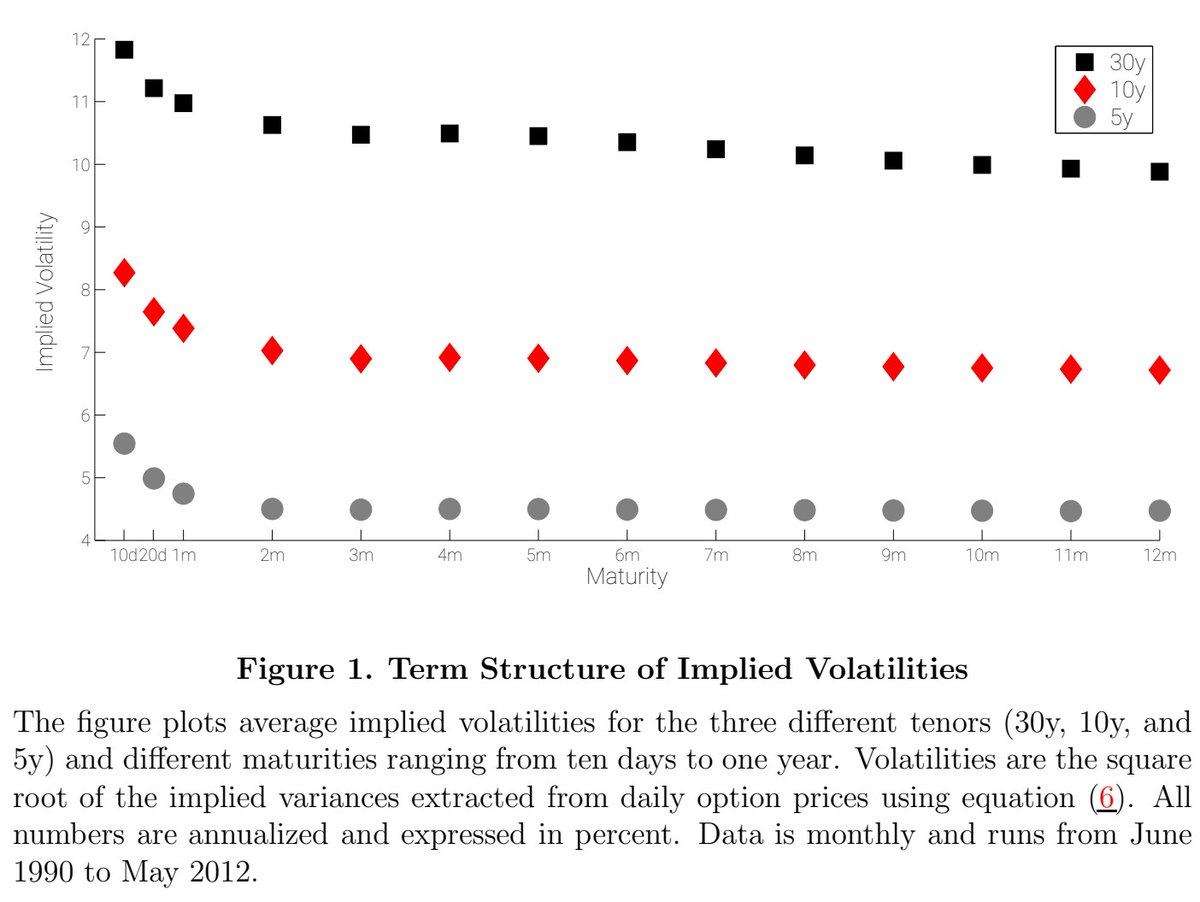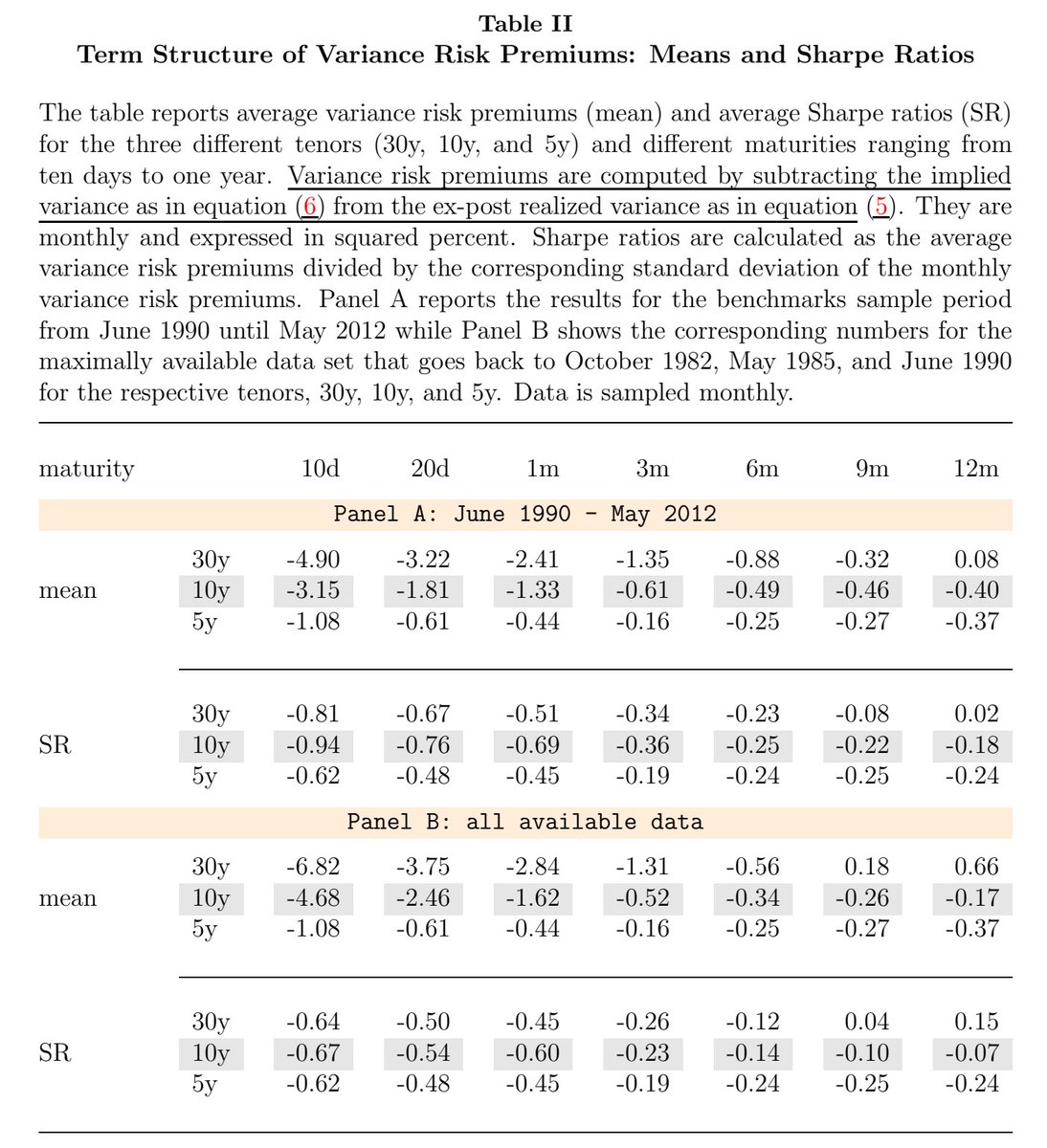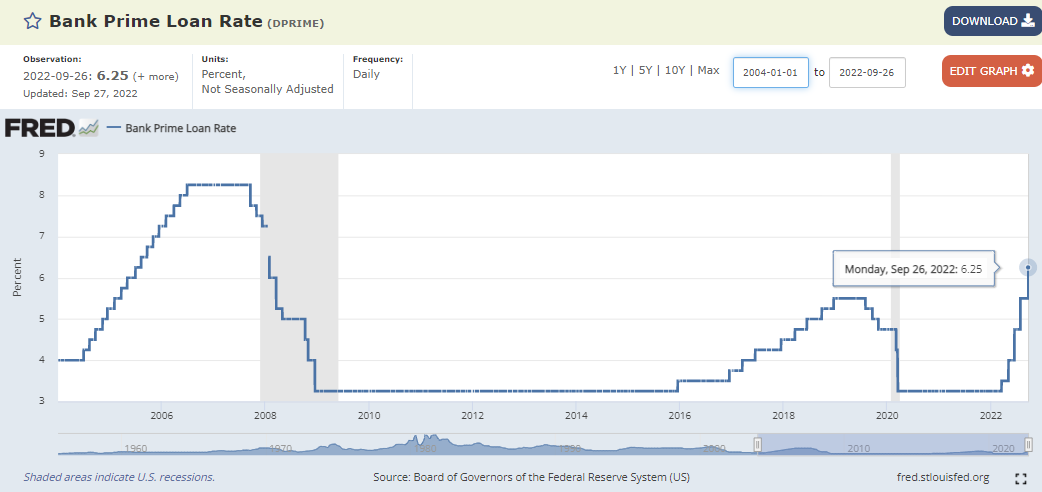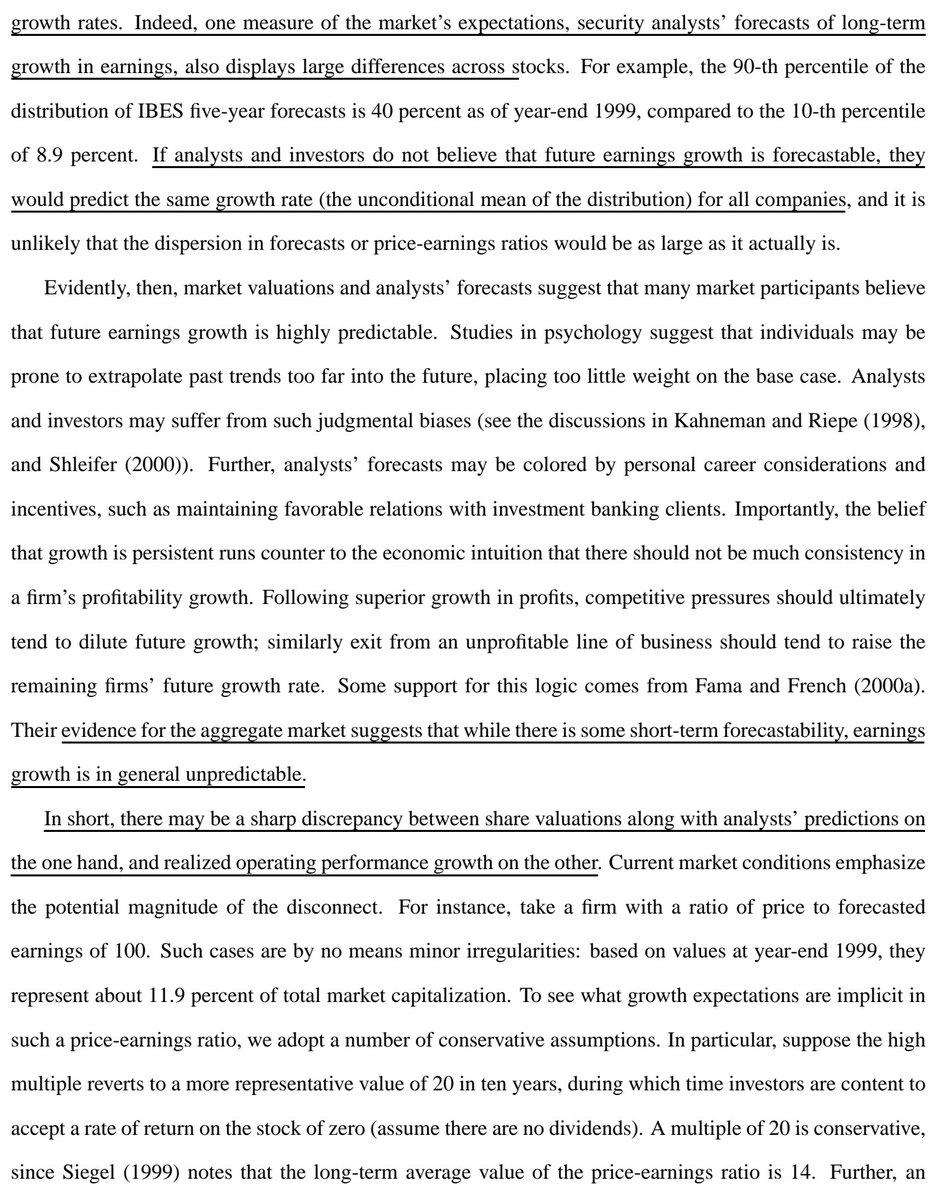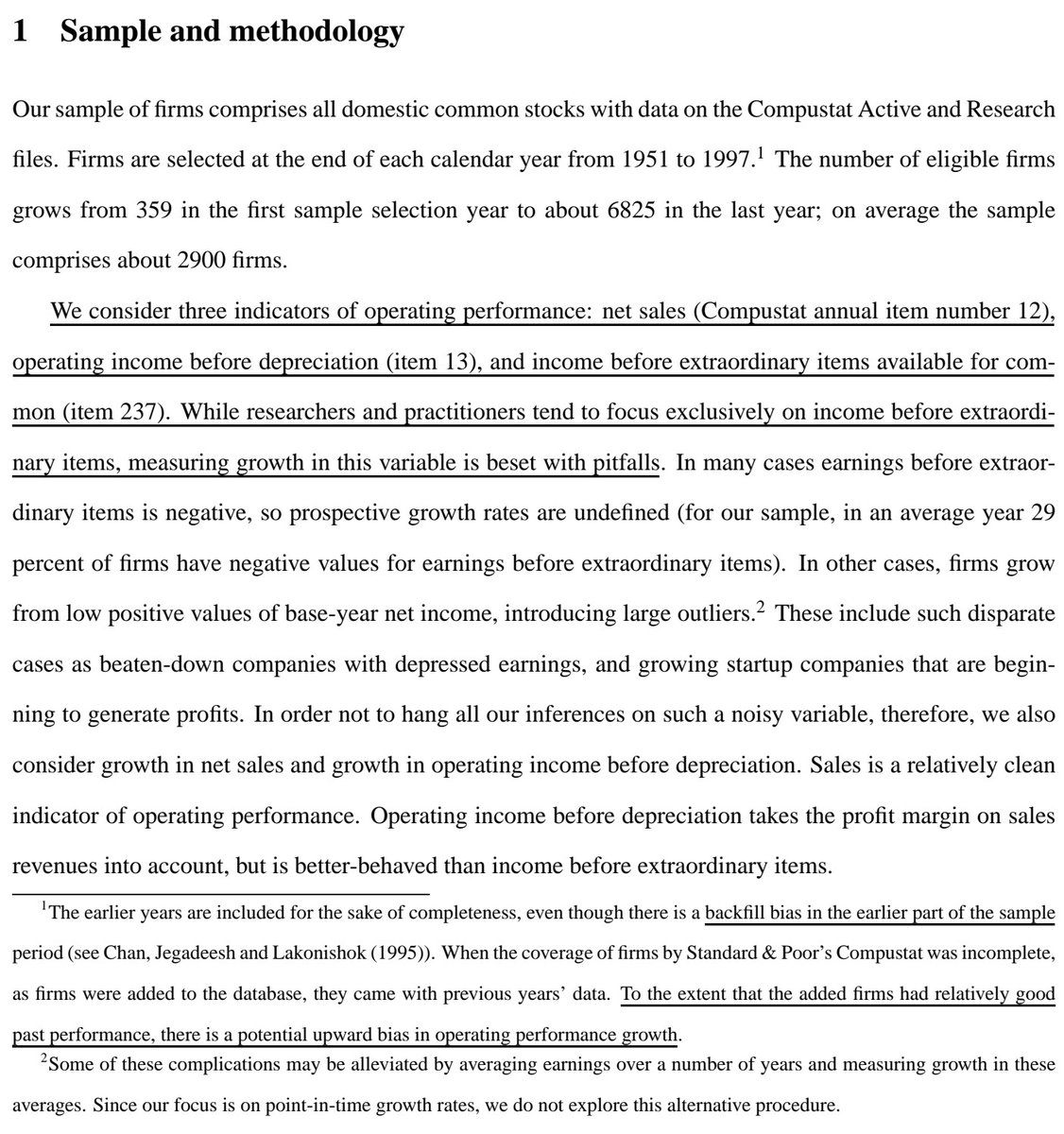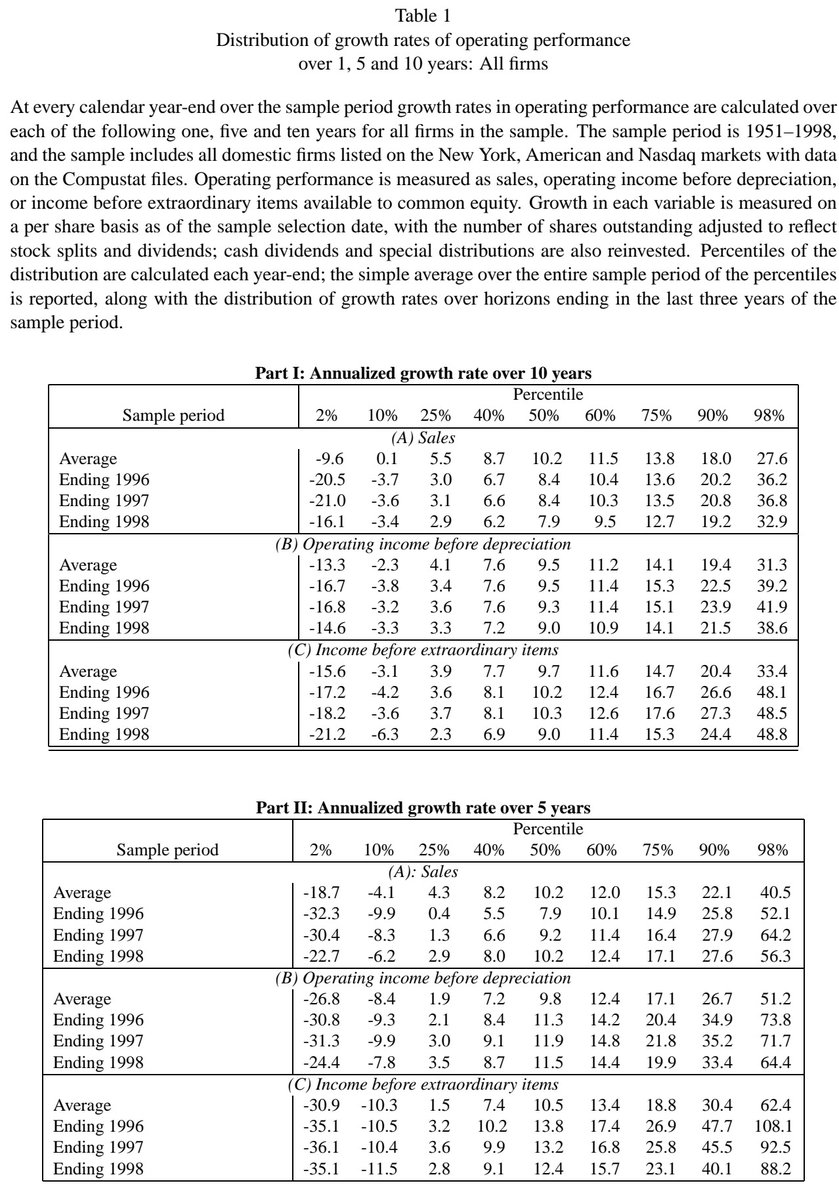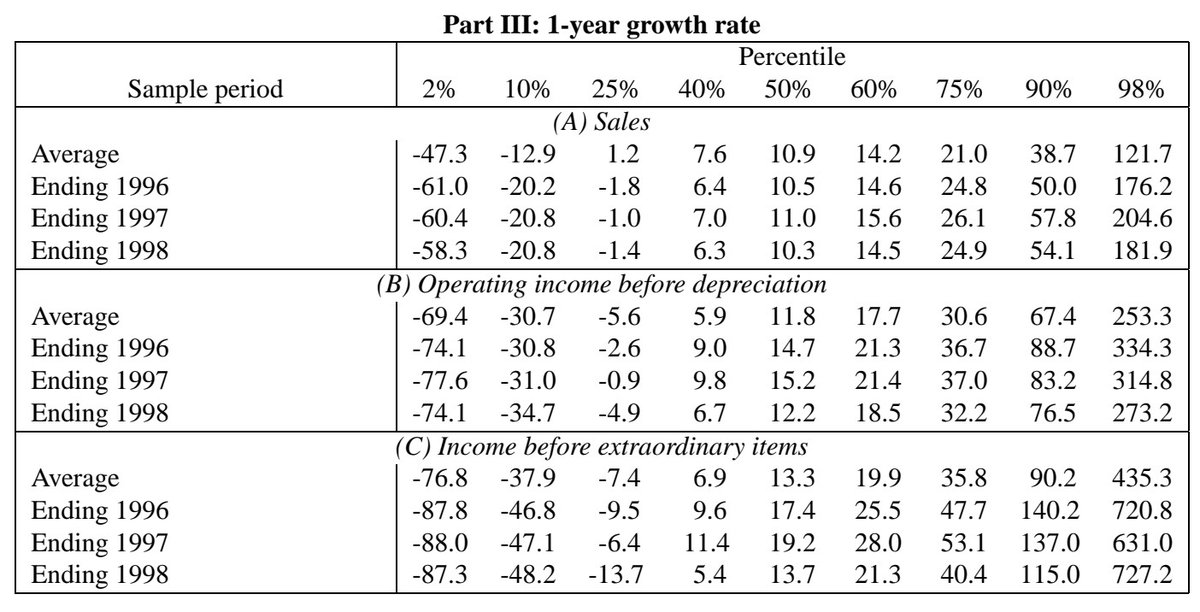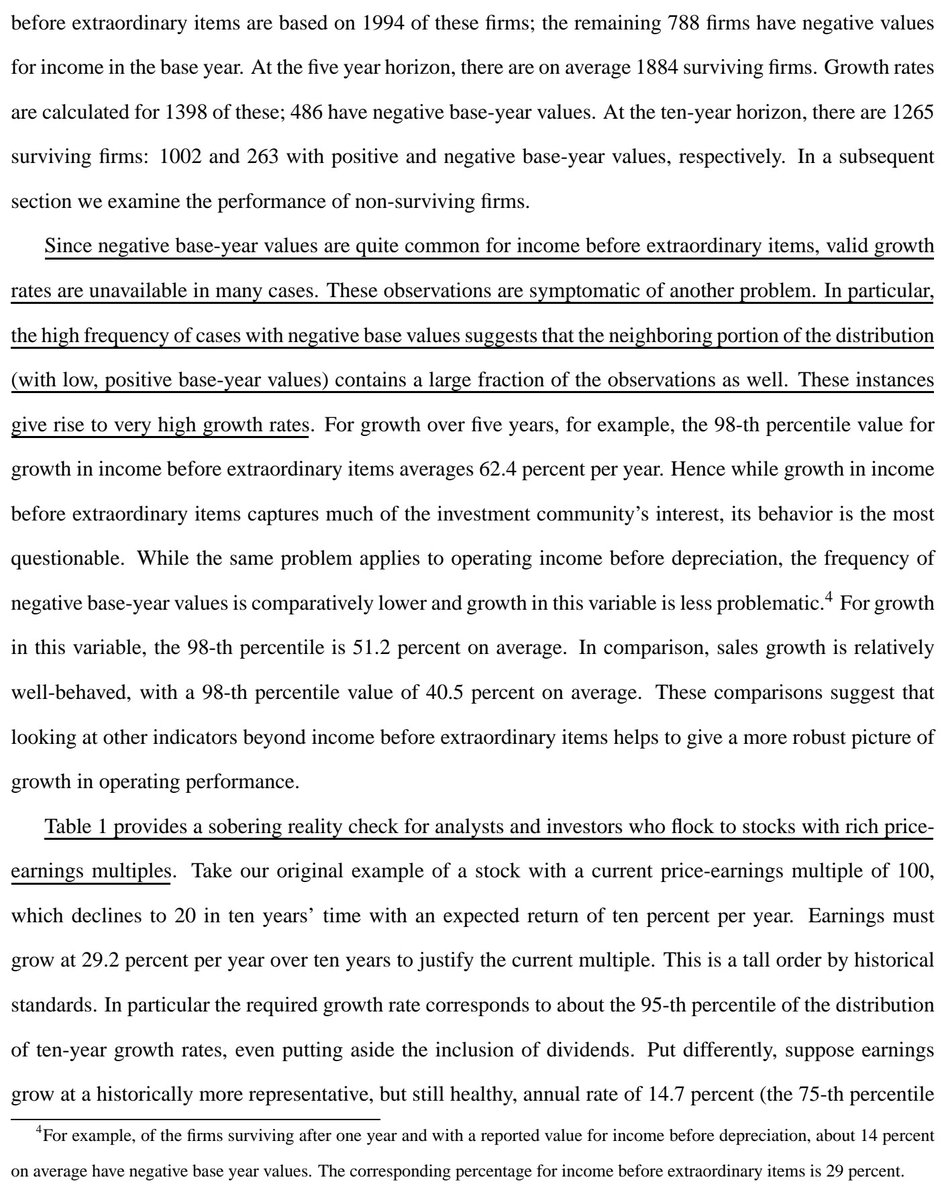
1/ Stock/Bond Correlation (AQR)
"For the past two decades the stock/bond correlation has been consistently negative, and investors have largely been able to rely on their bond investments for protection.
"But this hasn’t always been the case."
aqr.com/Insights/Resea…


"For the past two decades the stock/bond correlation has been consistently negative, and investors have largely been able to rely on their bond investments for protection.
"But this hasn’t always been the case."
aqr.com/Insights/Resea…
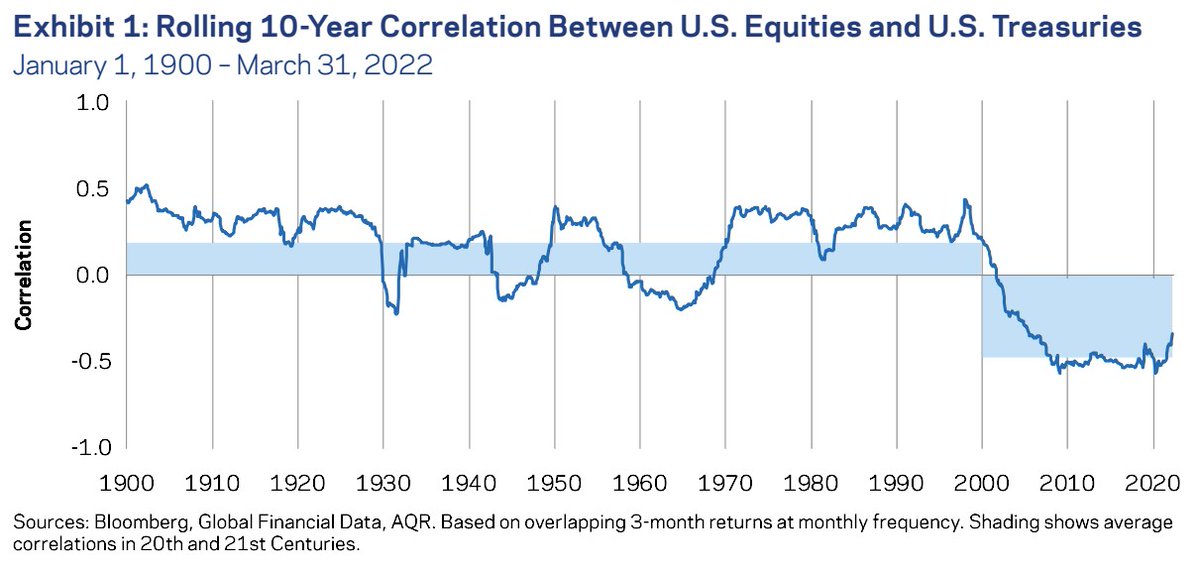

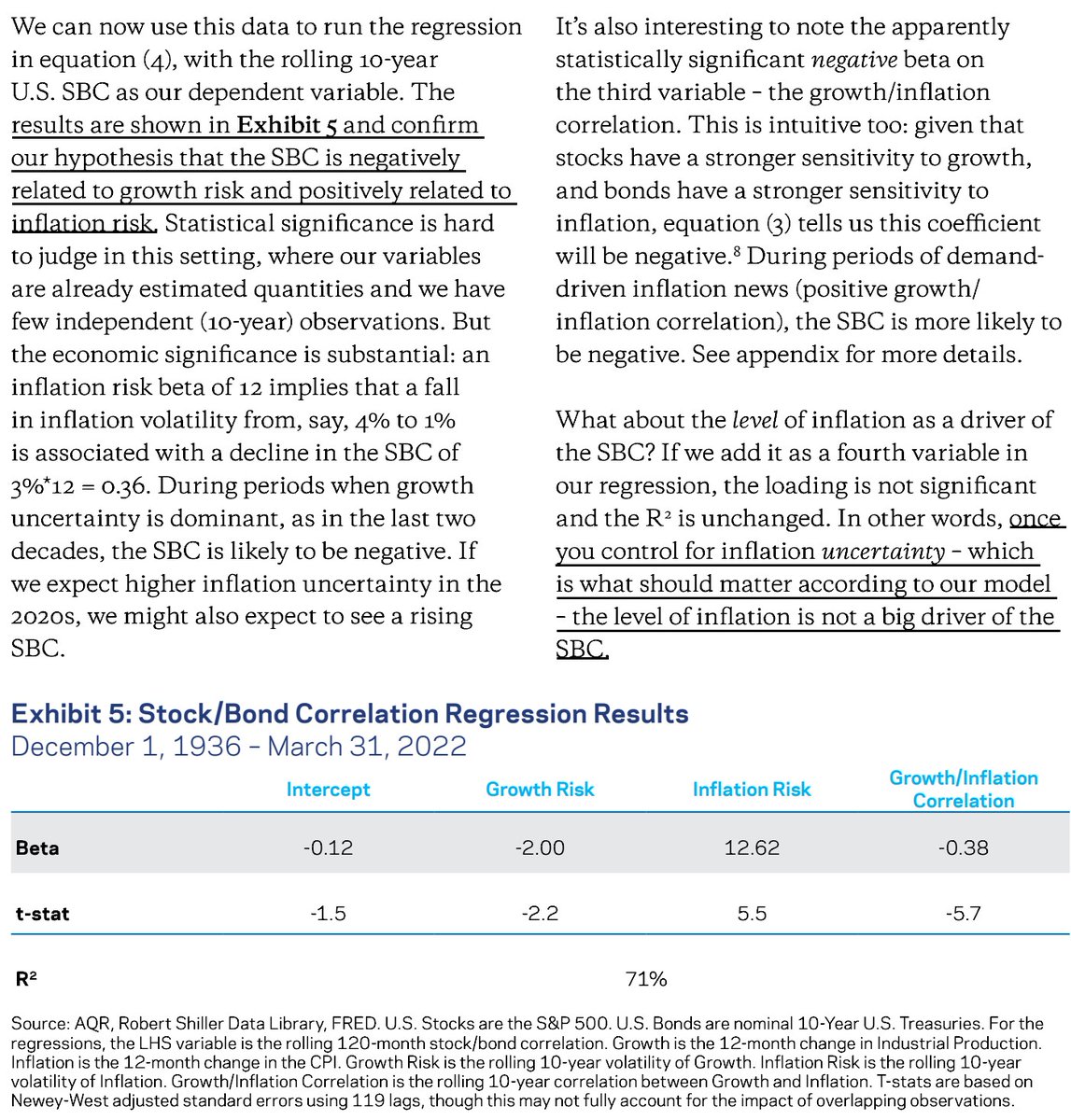
2/ "Macroeconomic changes – such as higher inflation uncertainty – could lead to a reappearance of the positive stock/bond correlation of the ‘70s, ‘80s and ‘90s.
"This would either increase portfolio risk or force allocation changes likely to reduce expected returns."



"This would either increase portfolio risk or force allocation changes likely to reduce expected returns."
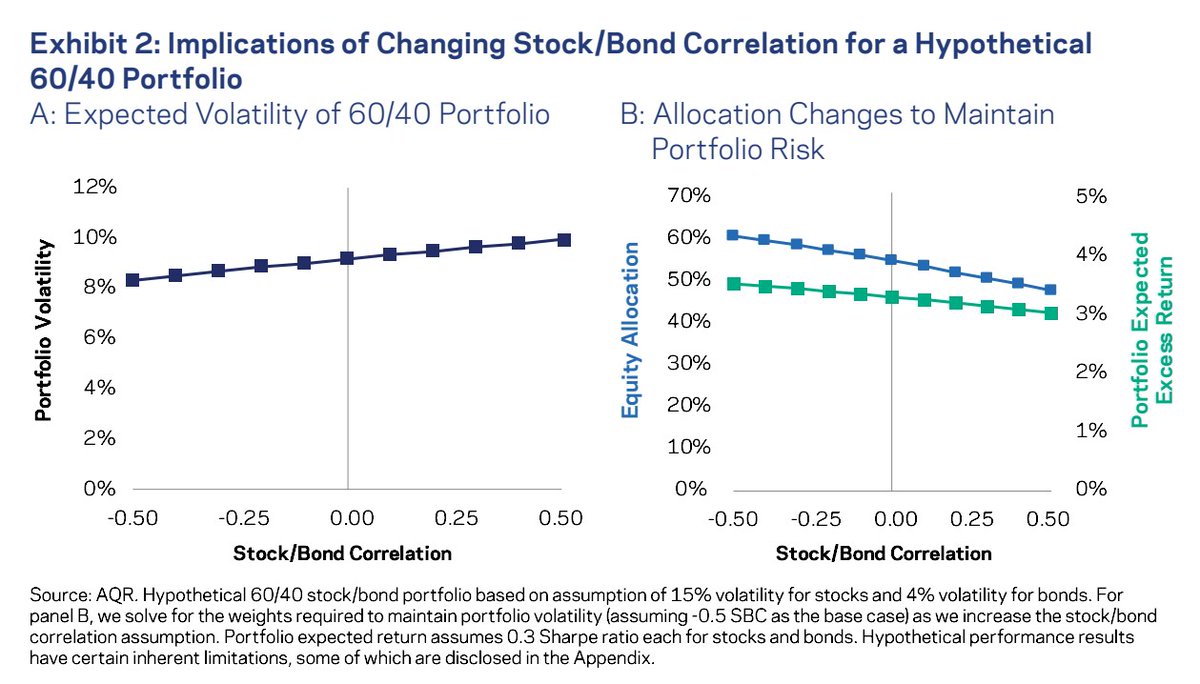
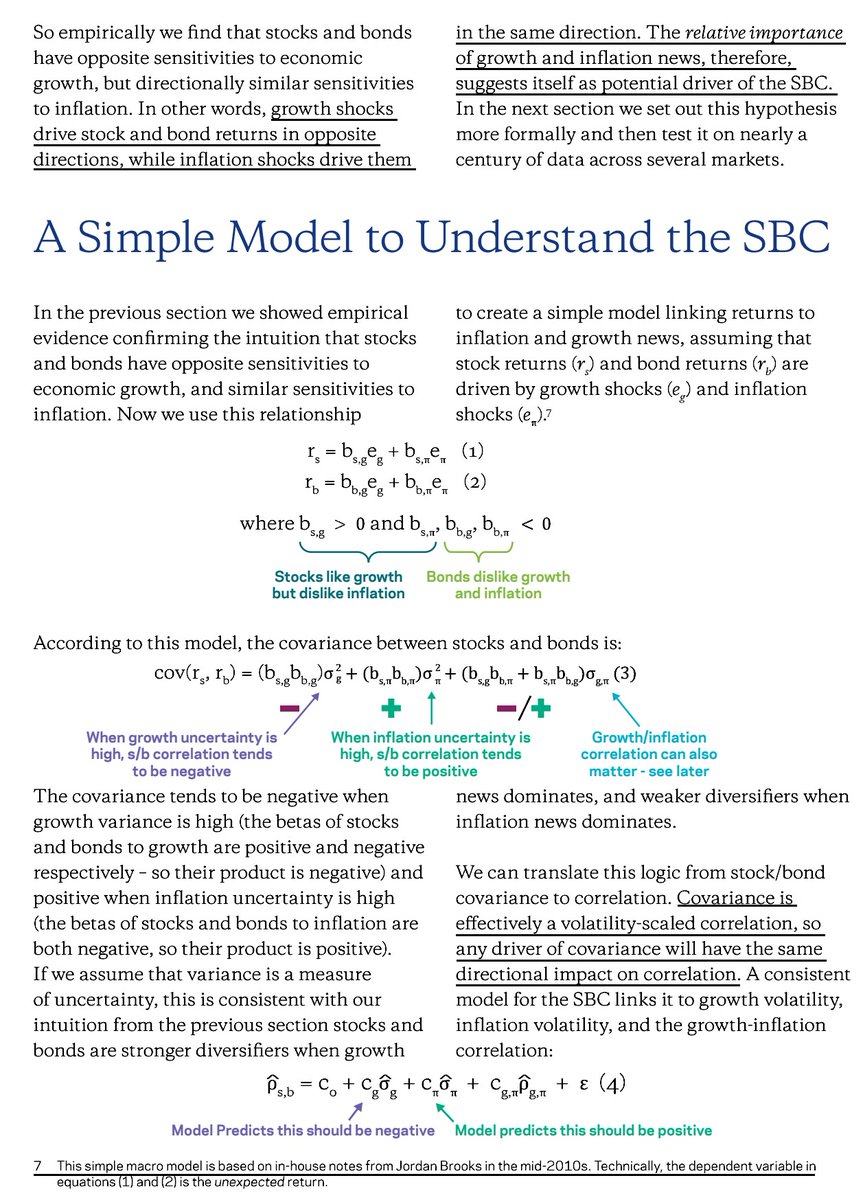
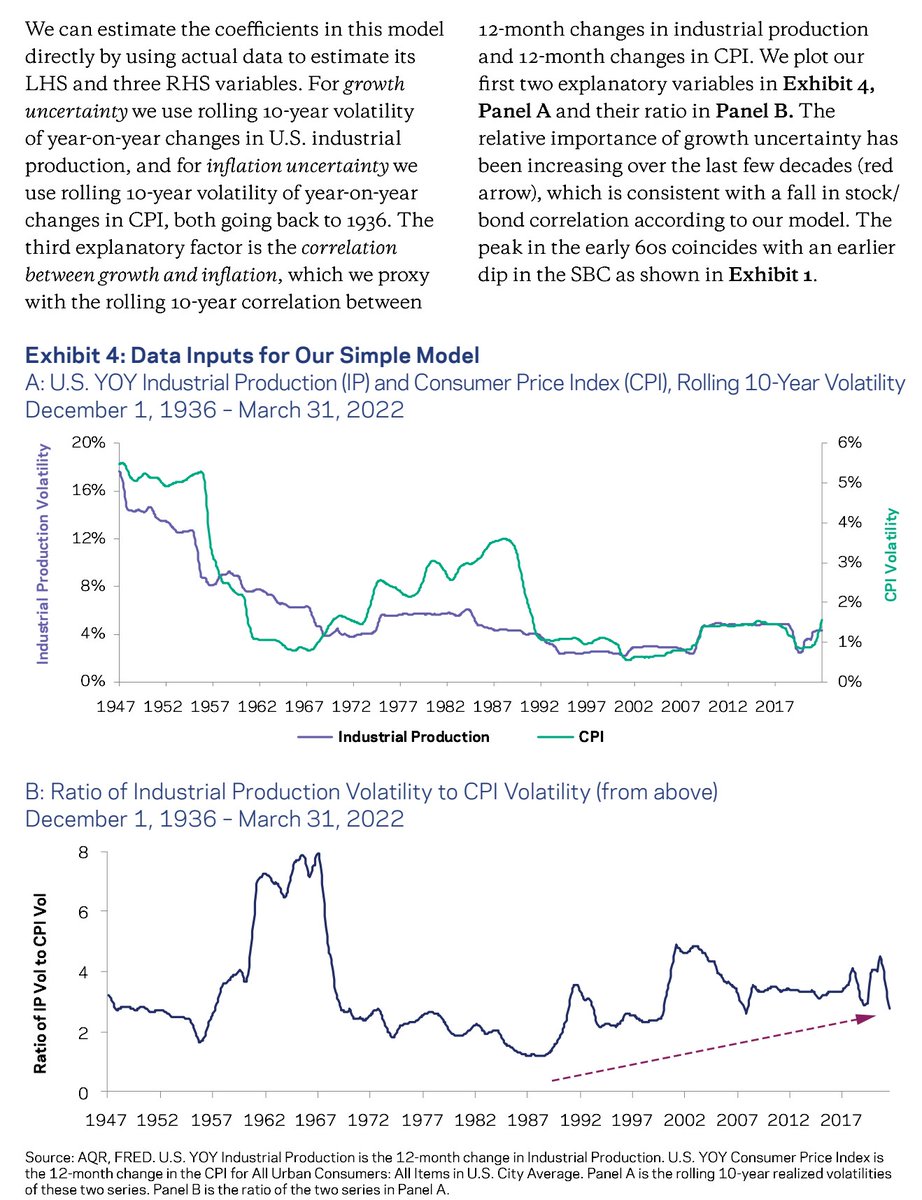
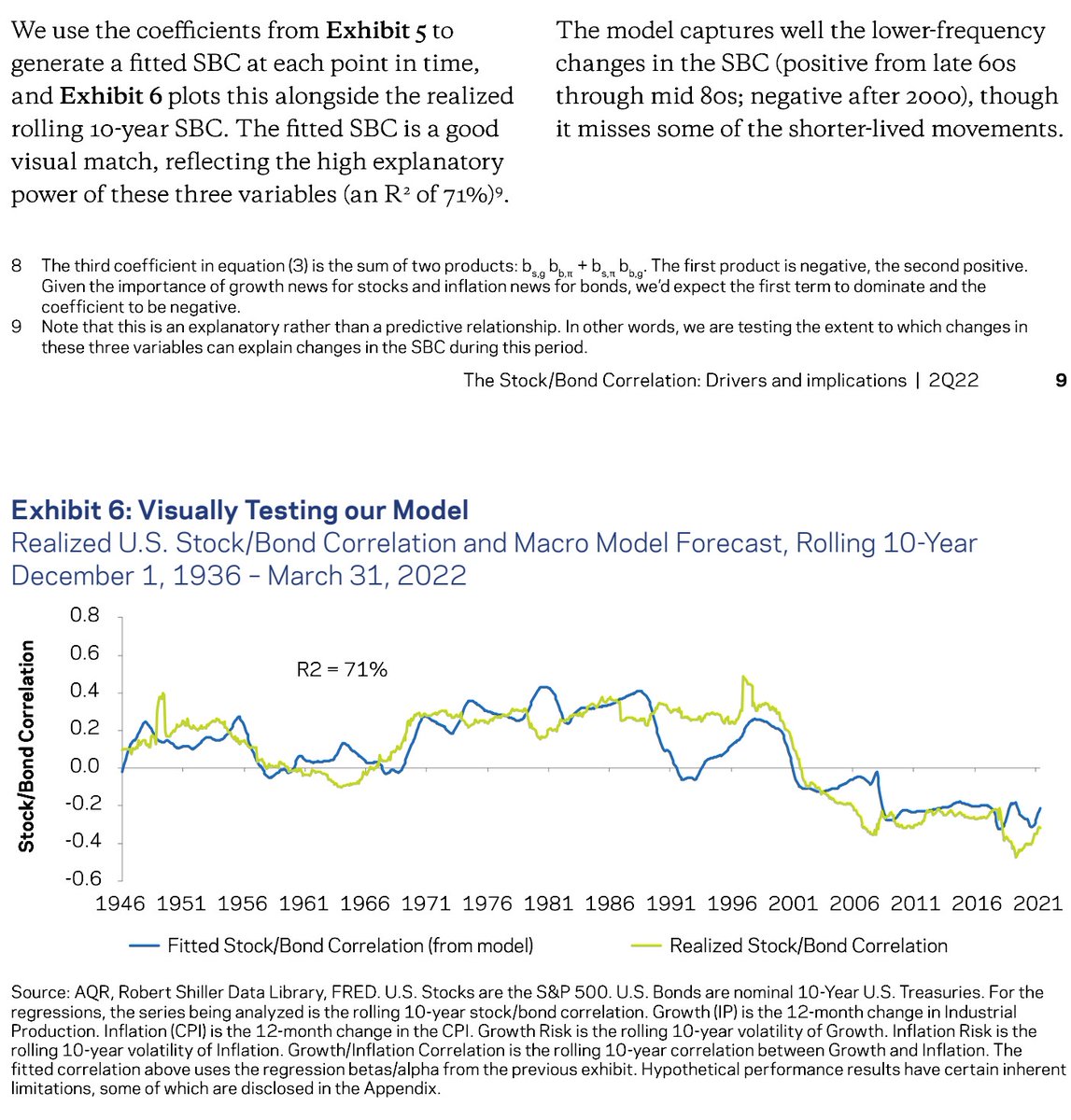
3/ "We set out practical steps to prepare for such an outcome.
"Understand the drivers and implications of this ‘golden parameter’ before it loses its luster.
"Revisit alternatives, which could play a crucial investment role in a positive stock/bond correlation world."



"Understand the drivers and implications of this ‘golden parameter’ before it loses its luster.
"Revisit alternatives, which could play a crucial investment role in a positive stock/bond correlation world."
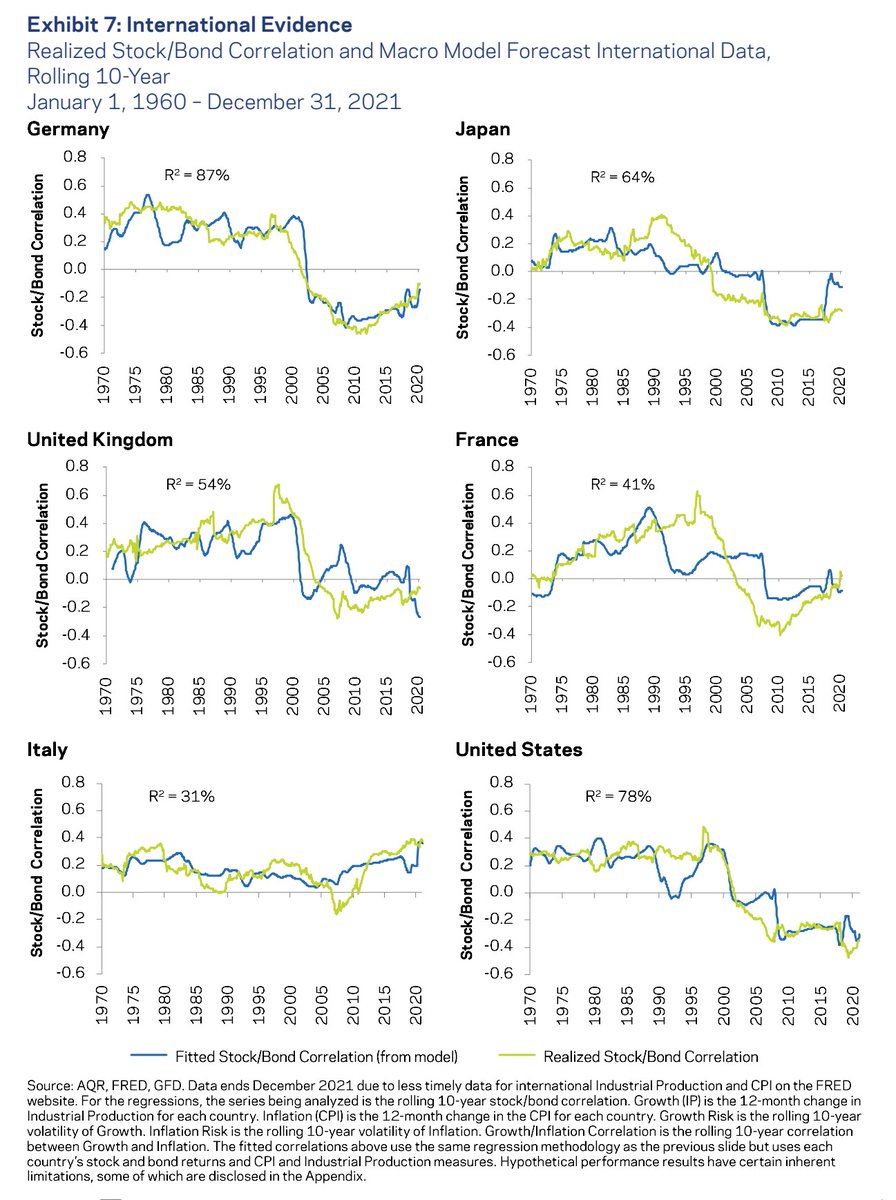
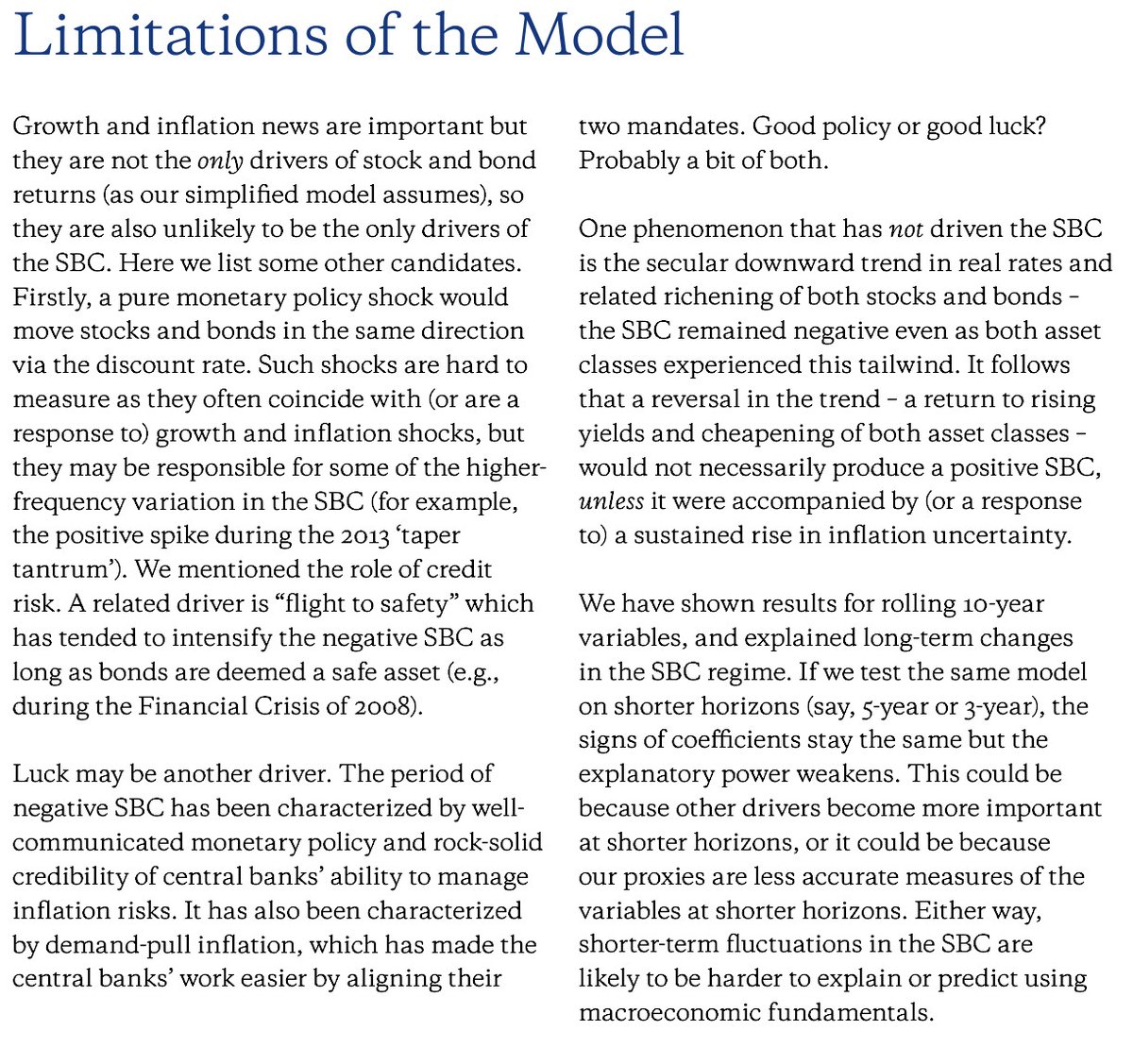

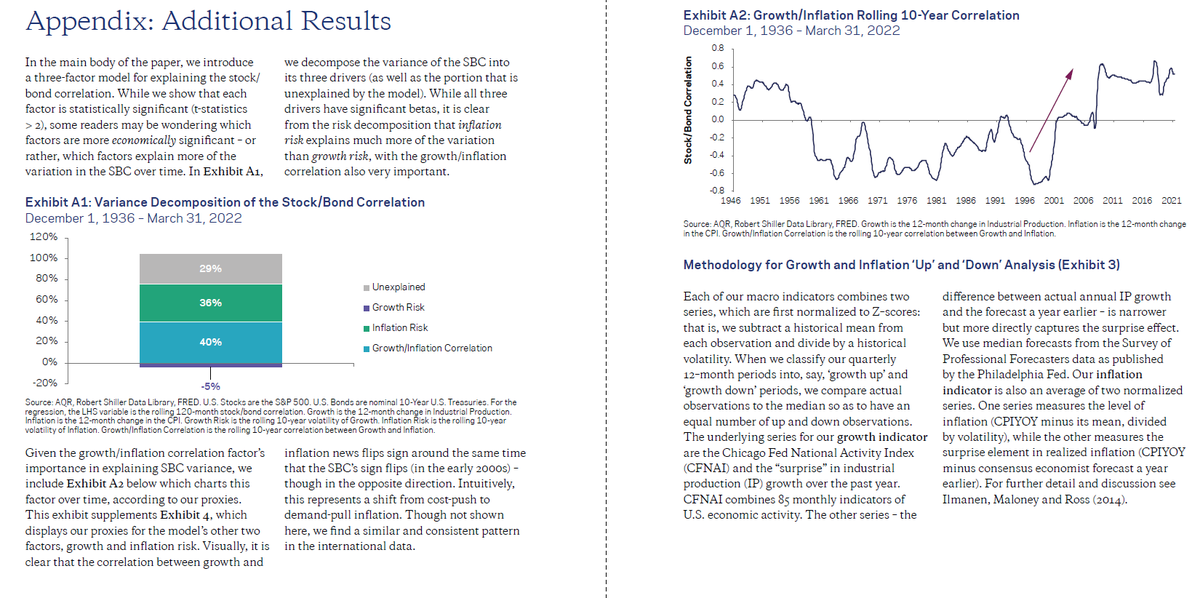
4/ More reading:
Best Strategies for Inflationary Times
Investing Under Inflation Risk
Mapping Investable Return Sources to Macro Environments
When Stock-Bond Diversification Fails
Best Strategies for Inflationary Times
https://twitter.com/ReformedTrader/status/1379188472750071809
Investing Under Inflation Risk
https://twitter.com/ReformedTrader/status/1574450602662207490
Mapping Investable Return Sources to Macro Environments
https://twitter.com/ReformedTrader/status/1410309893425287171
When Stock-Bond Diversification Fails
https://twitter.com/ReformedTrader/status/1575999424643203072
• • •
Missing some Tweet in this thread? You can try to
force a refresh


